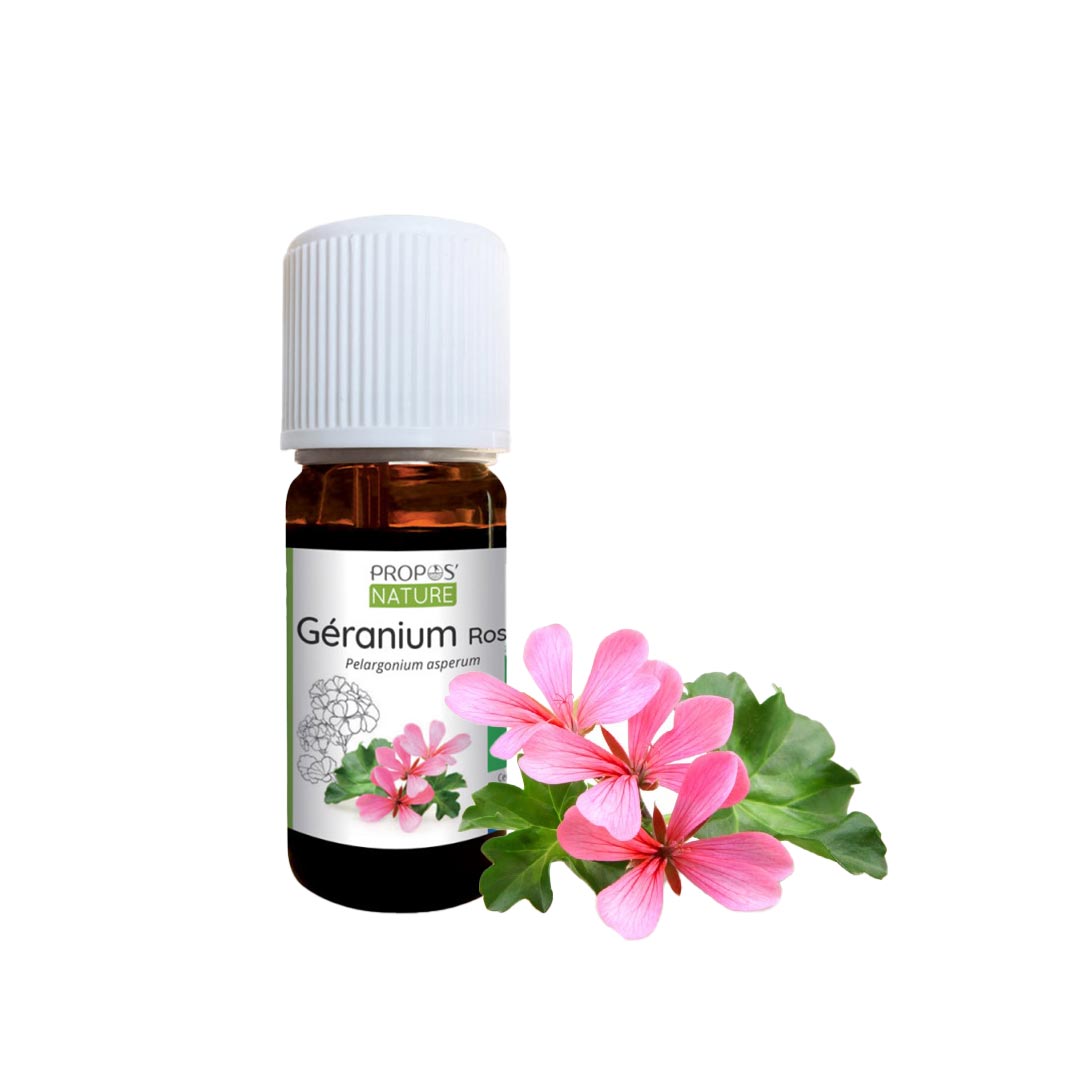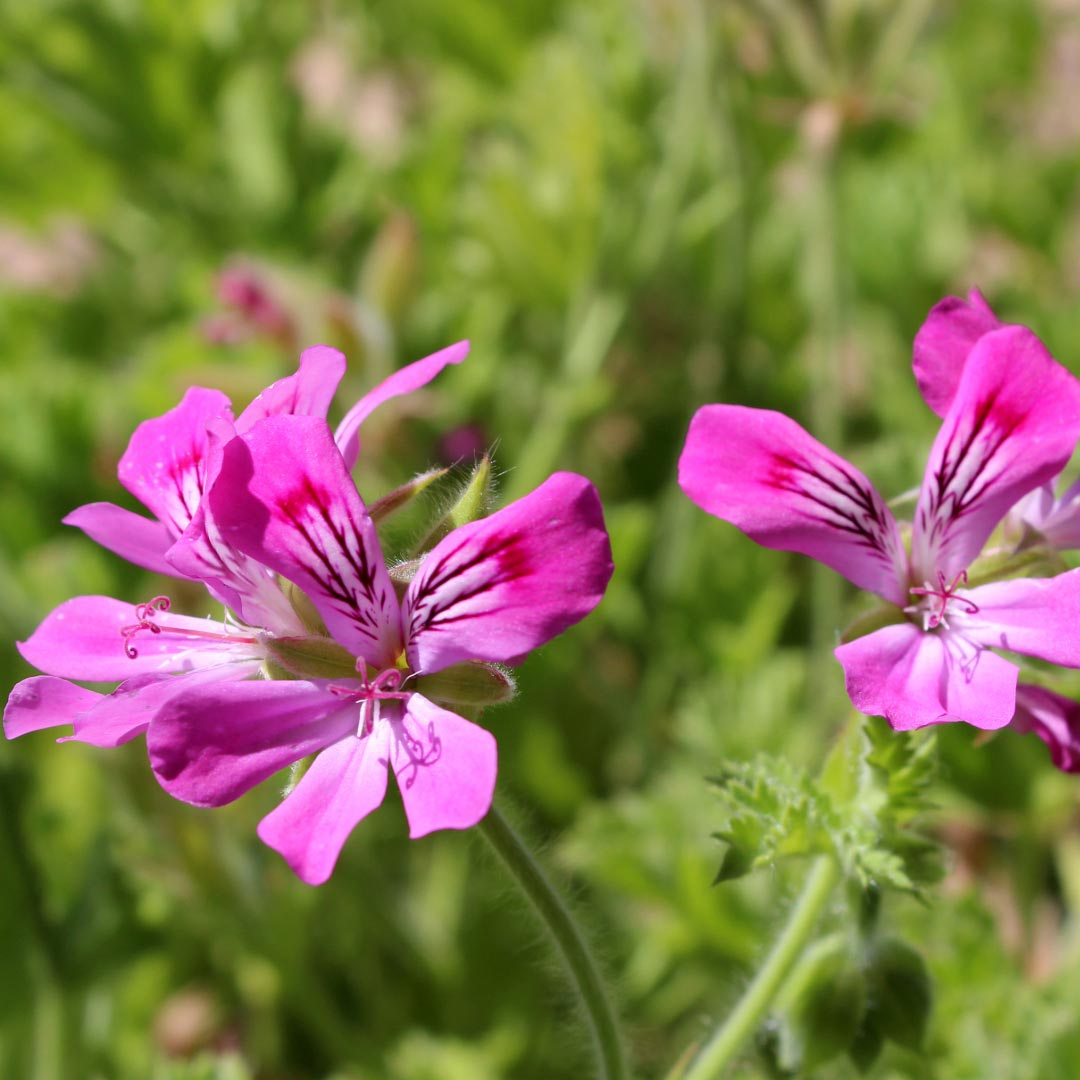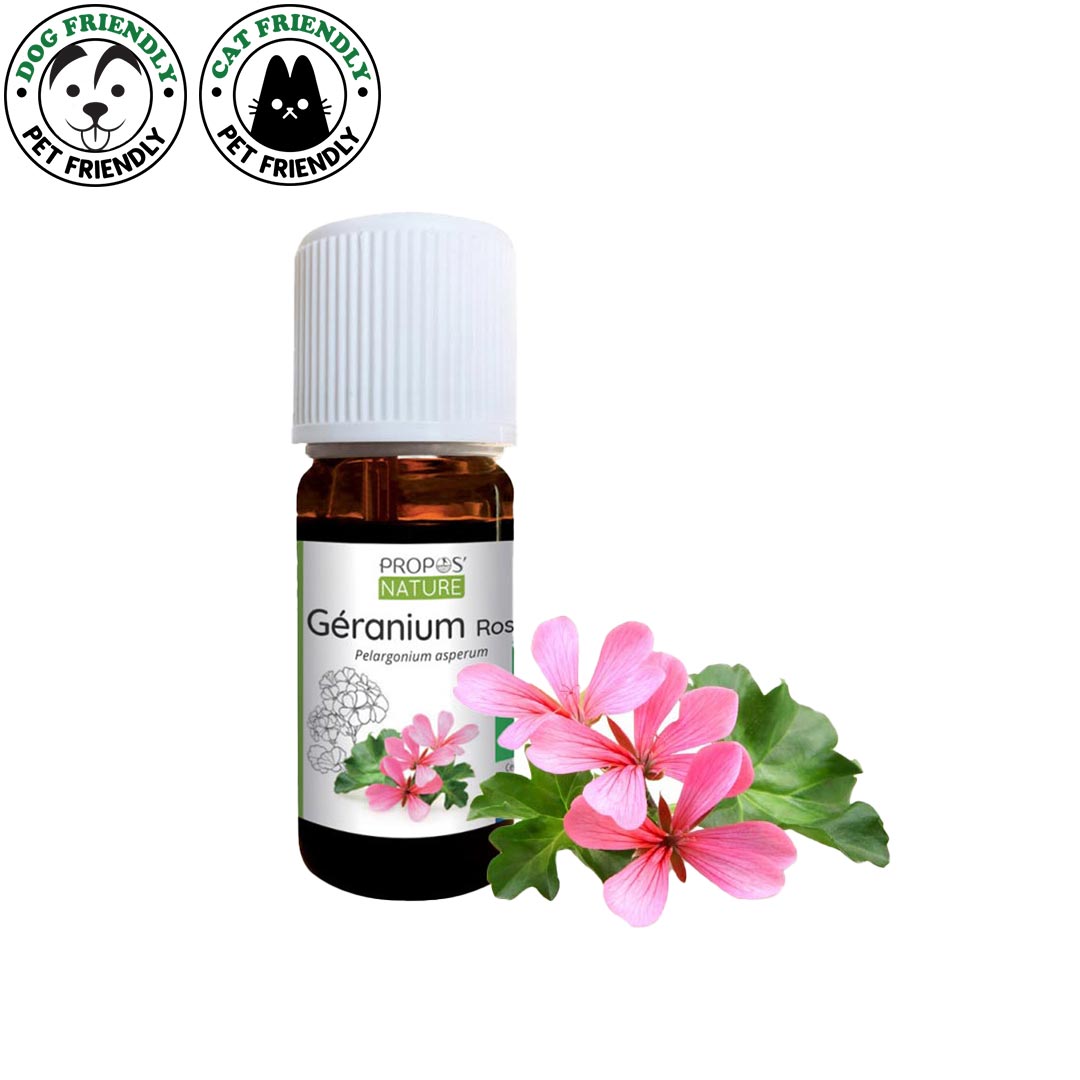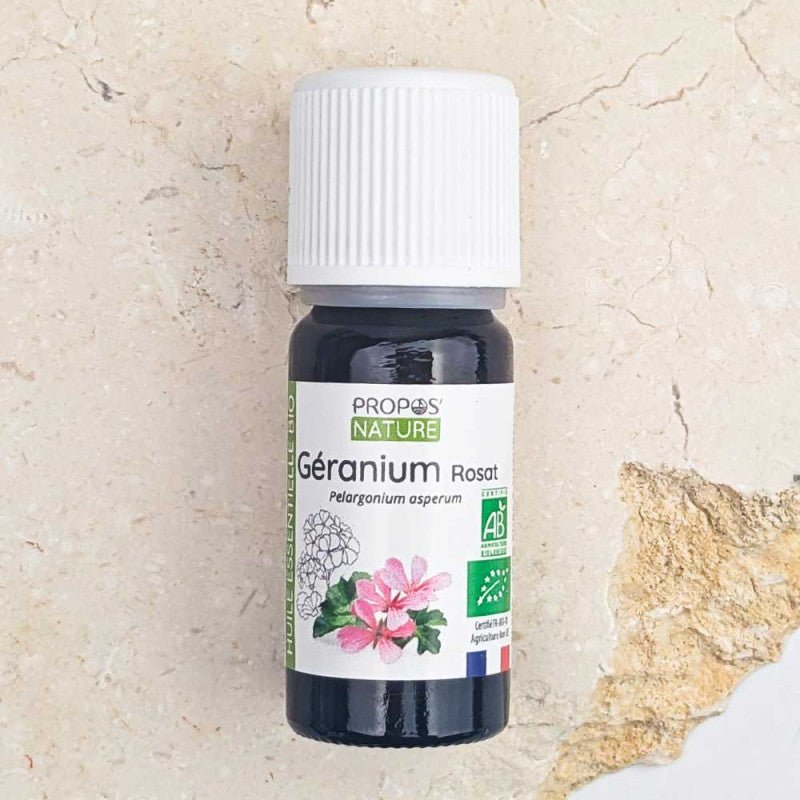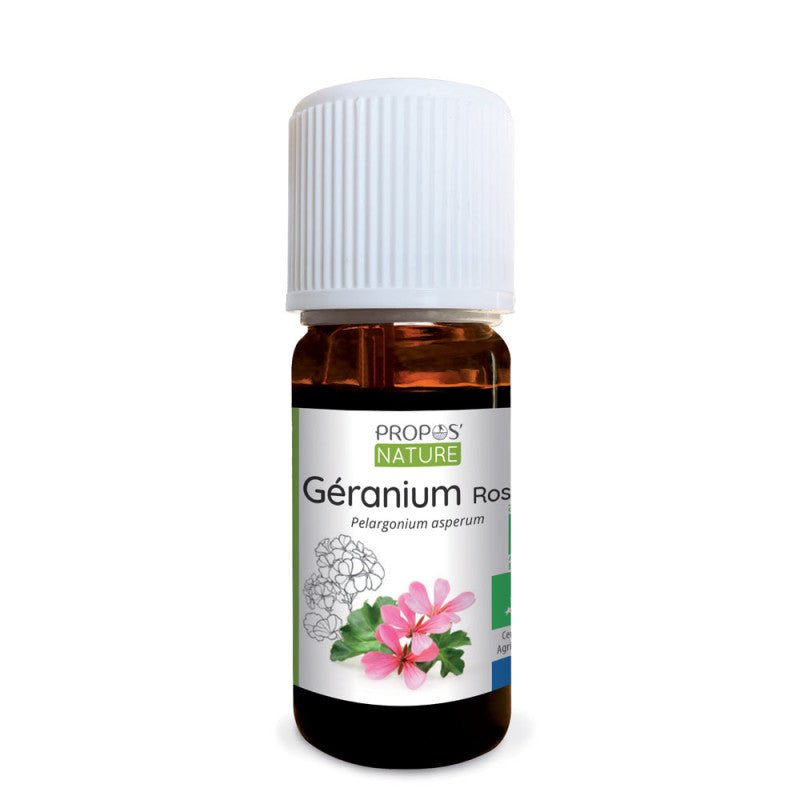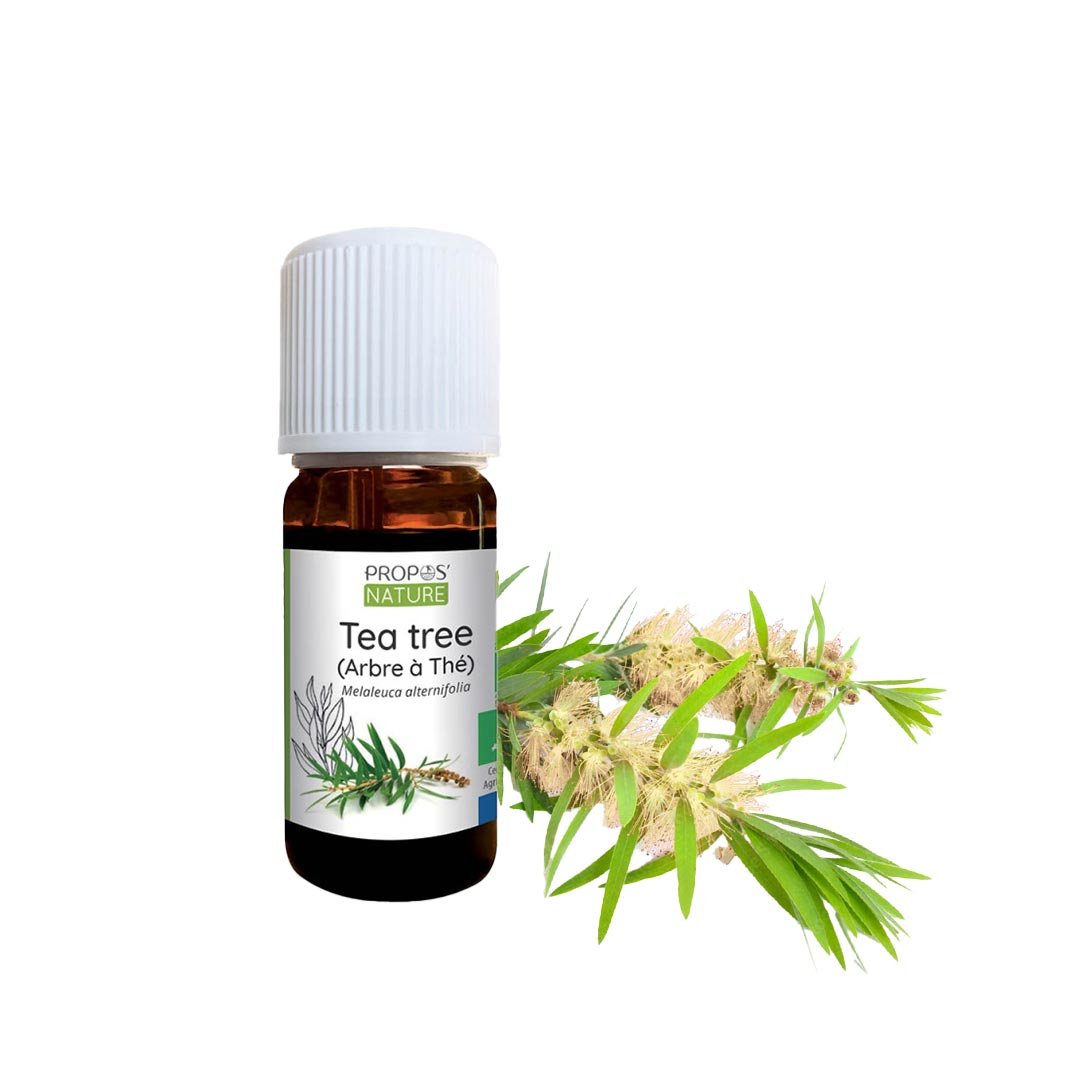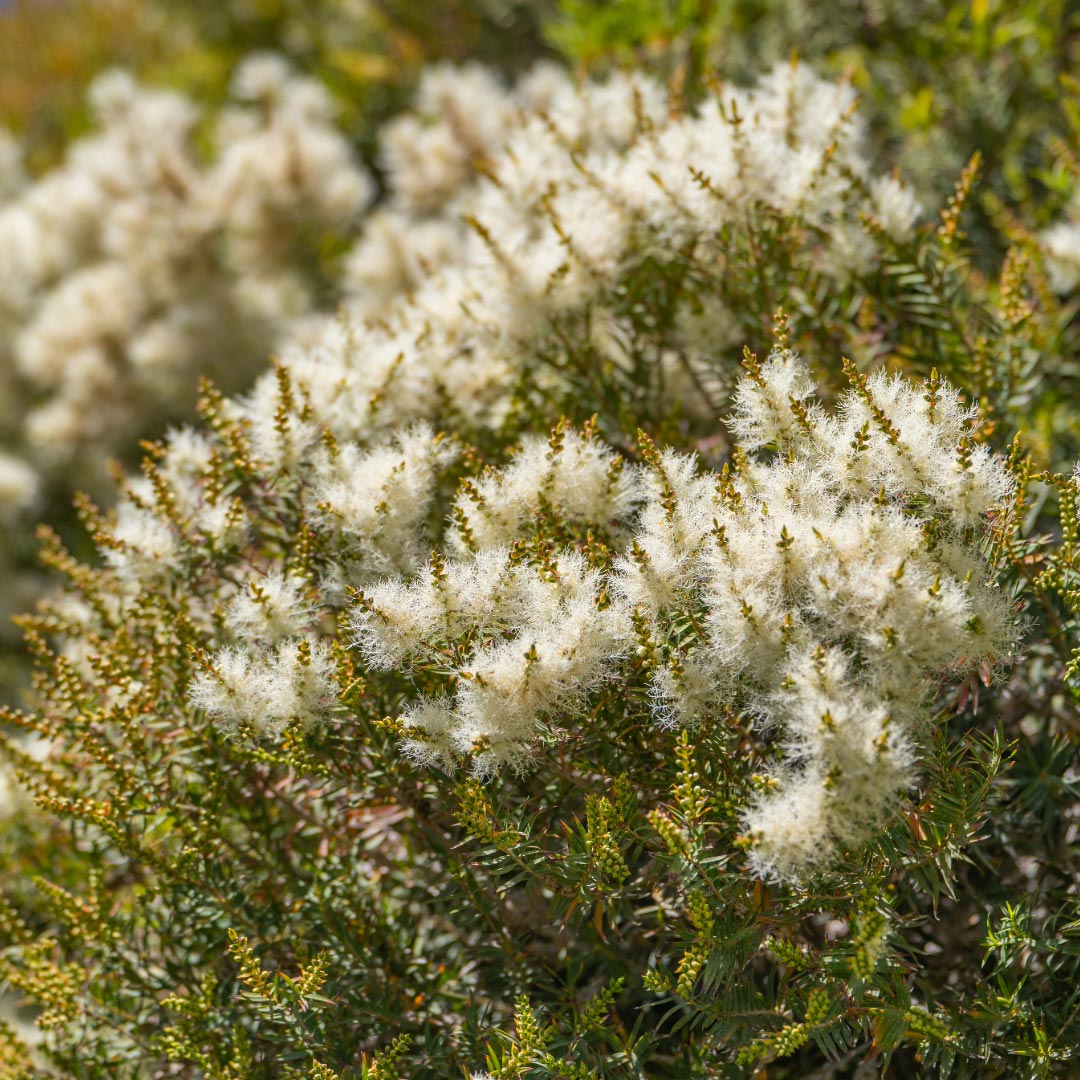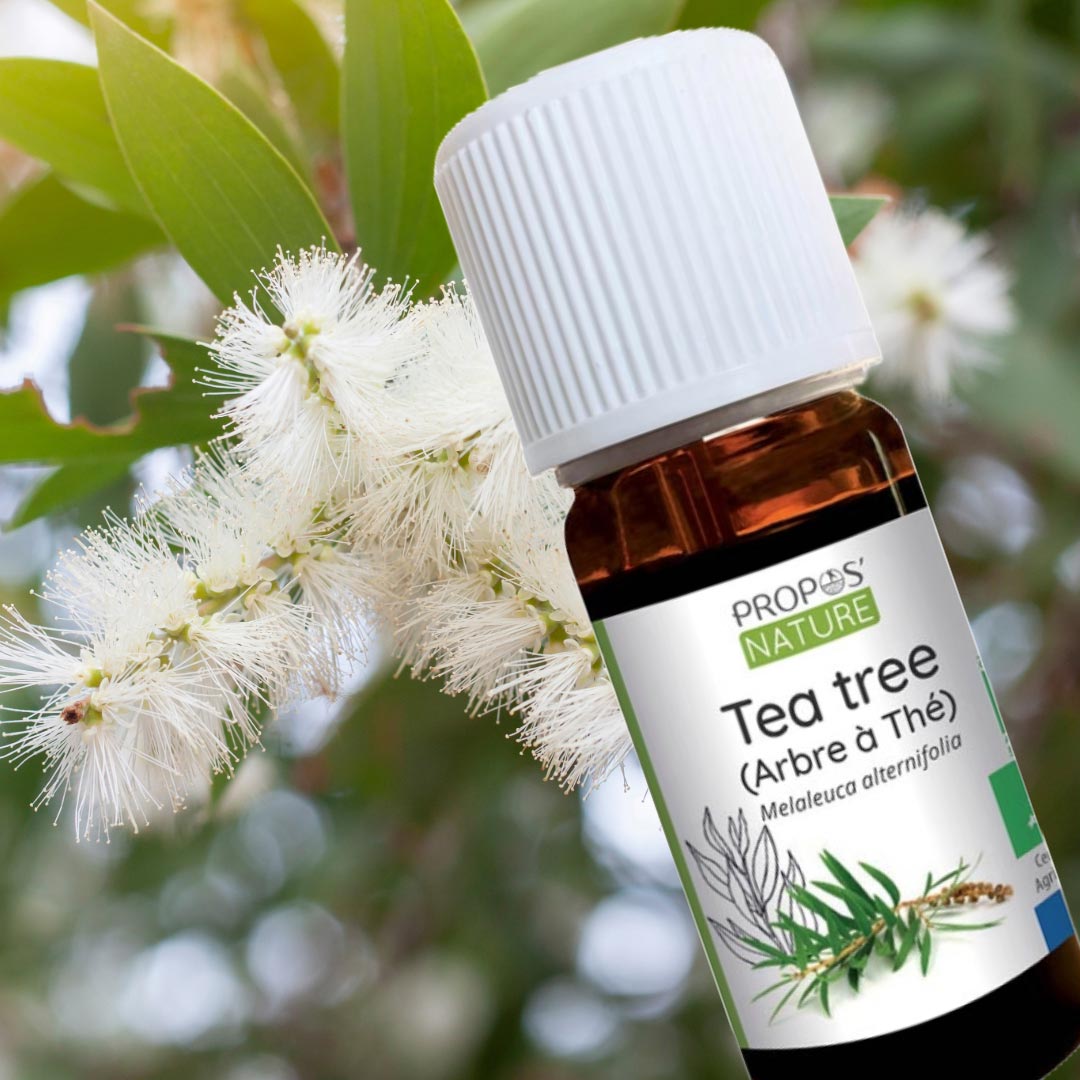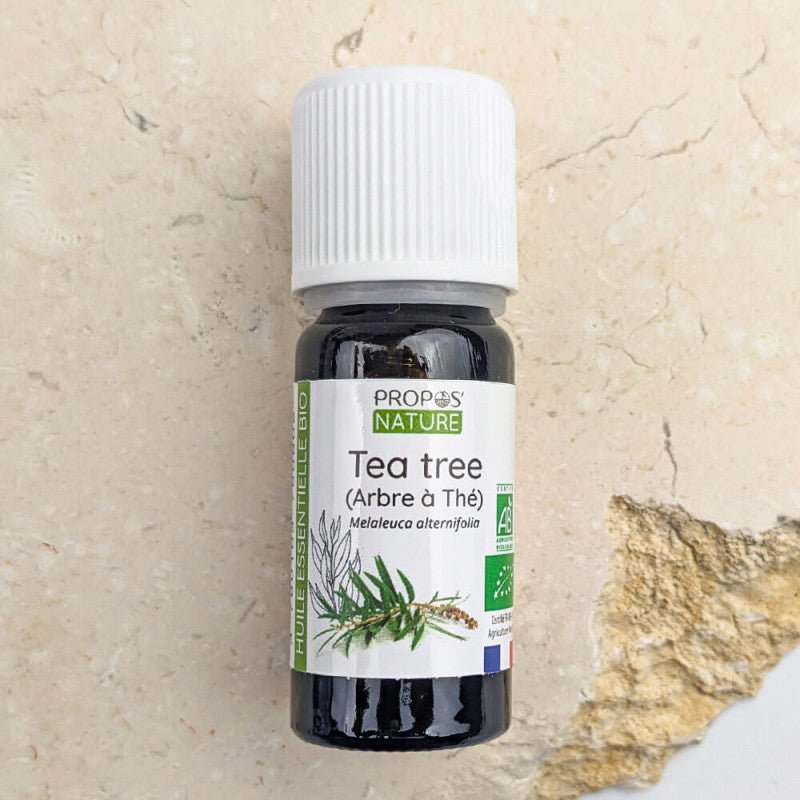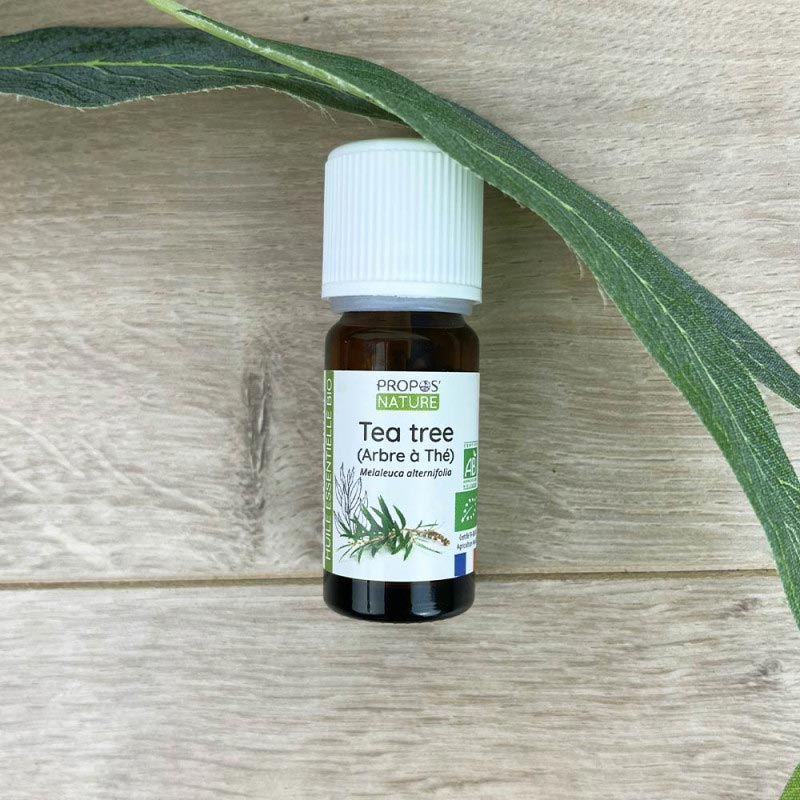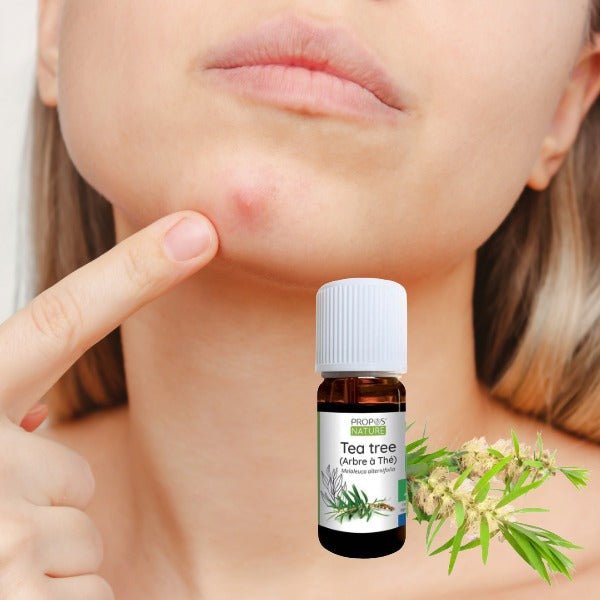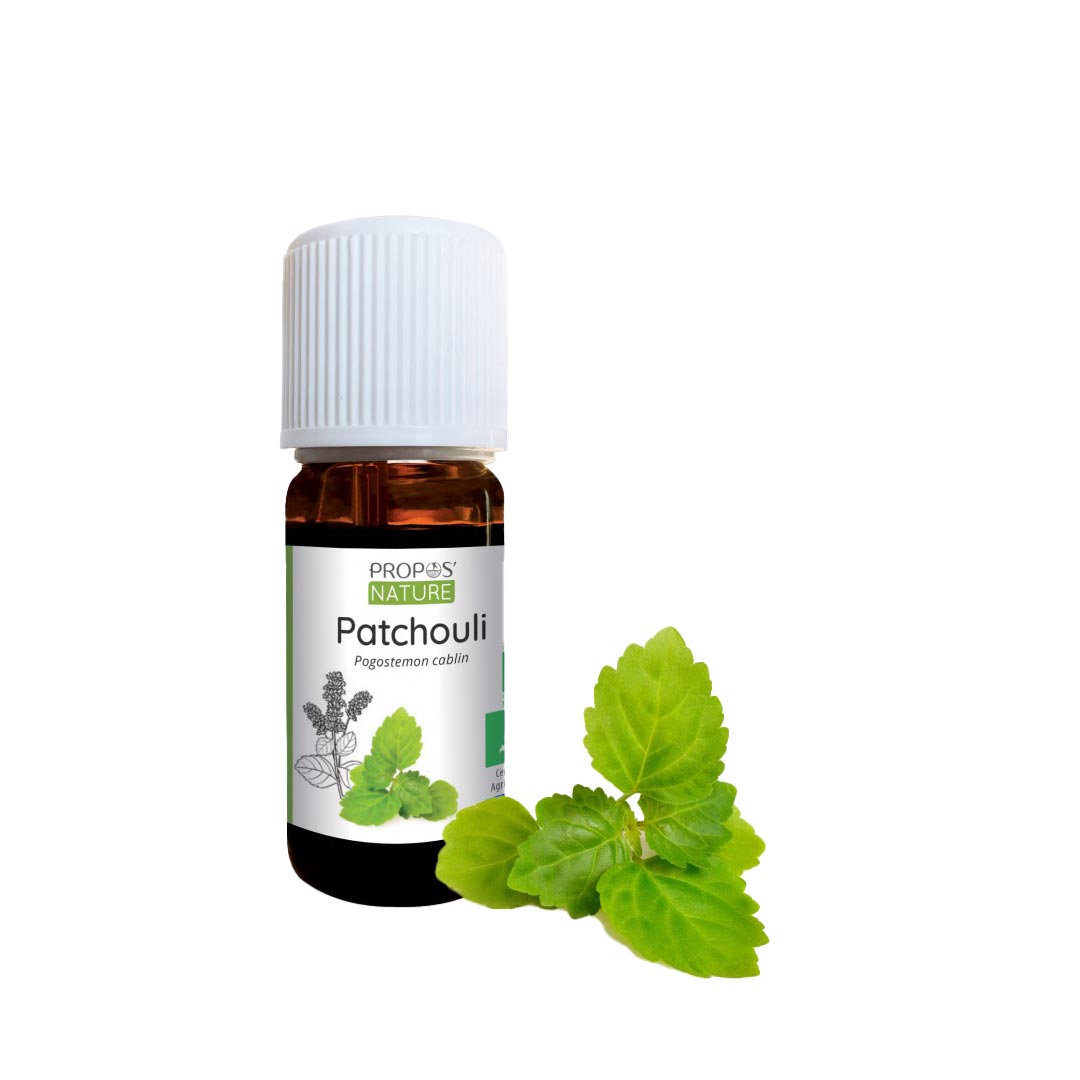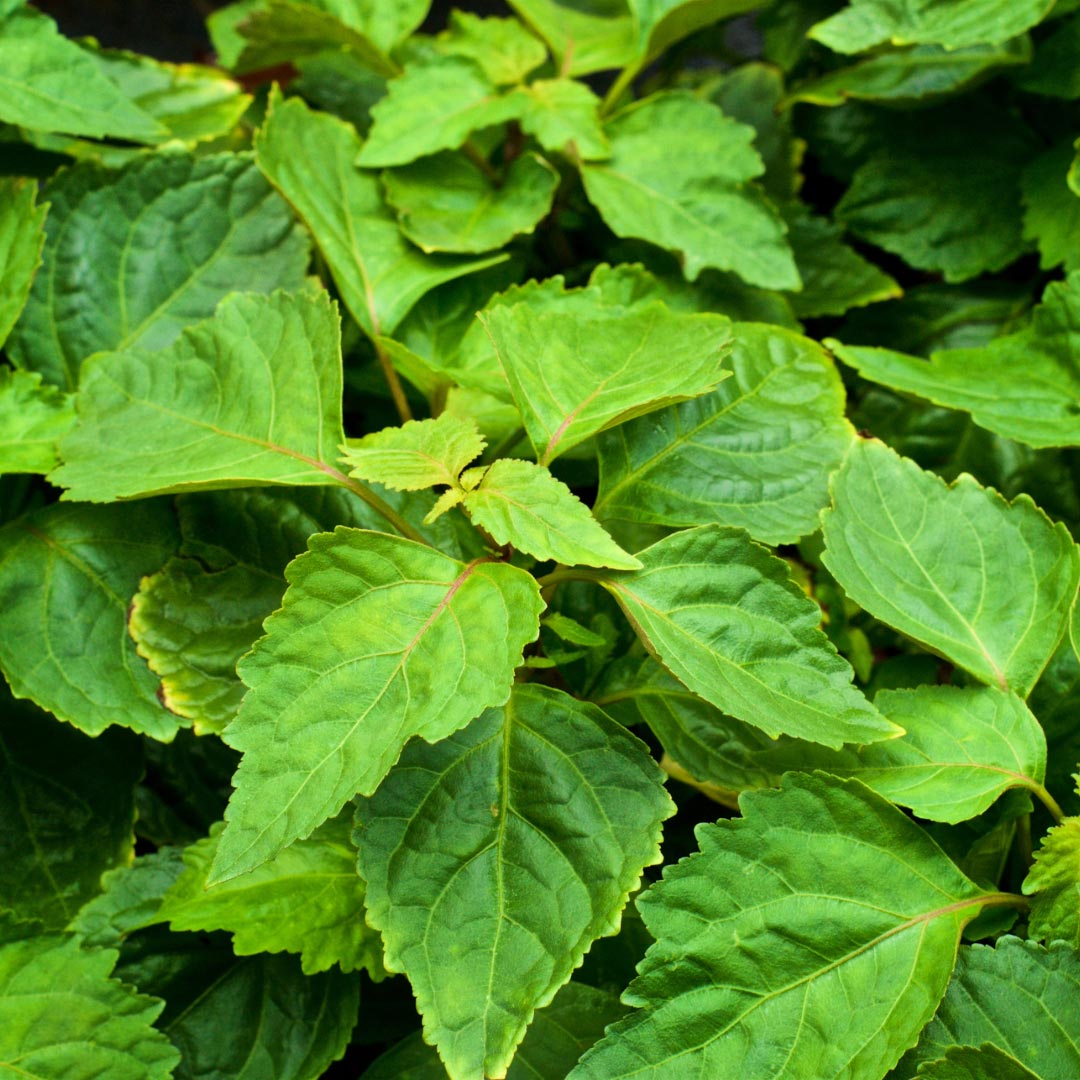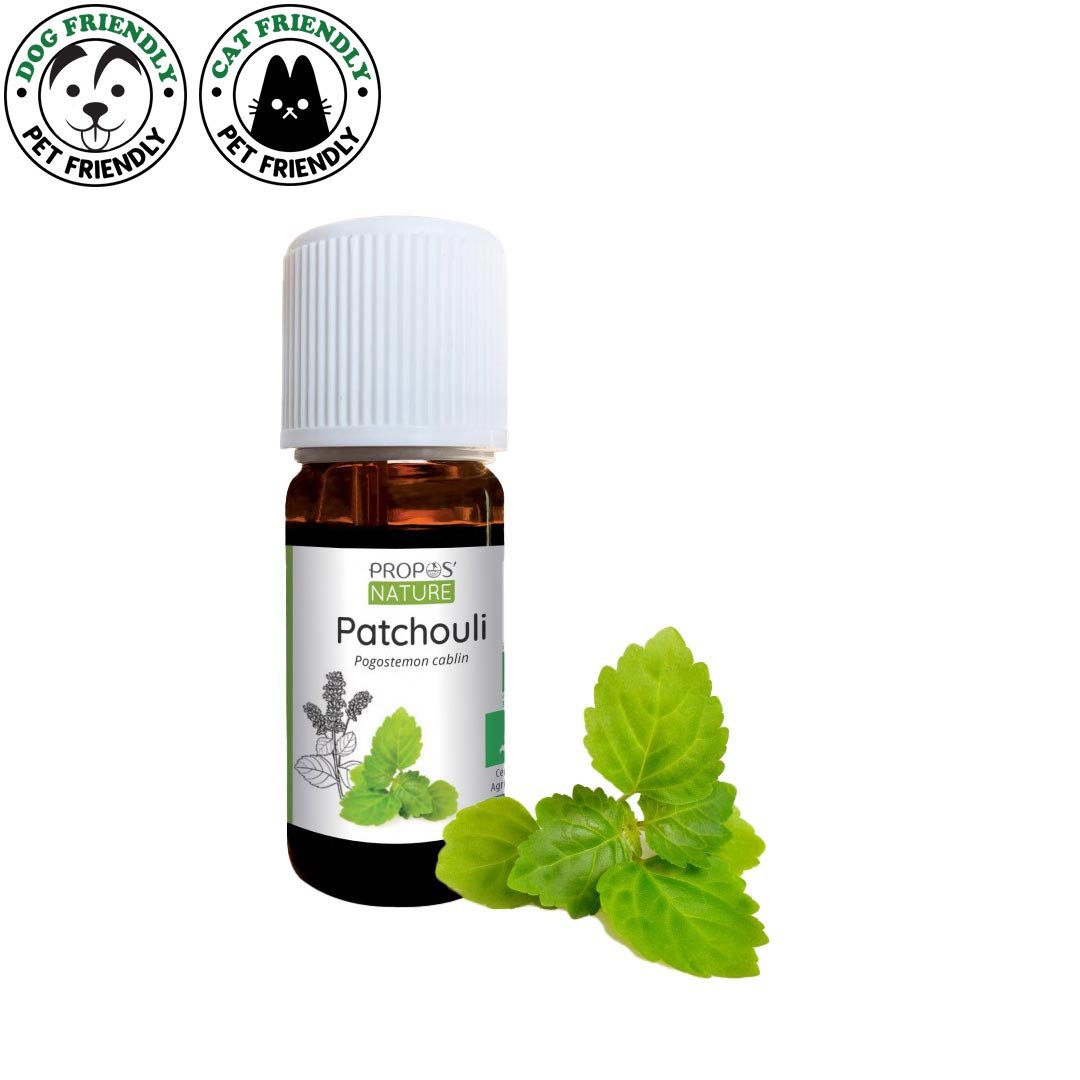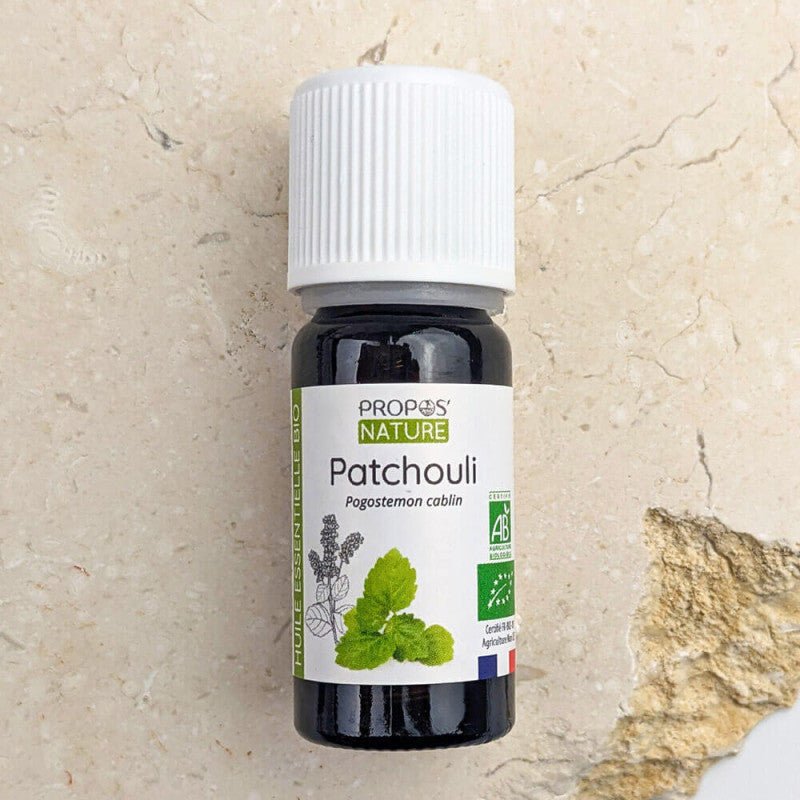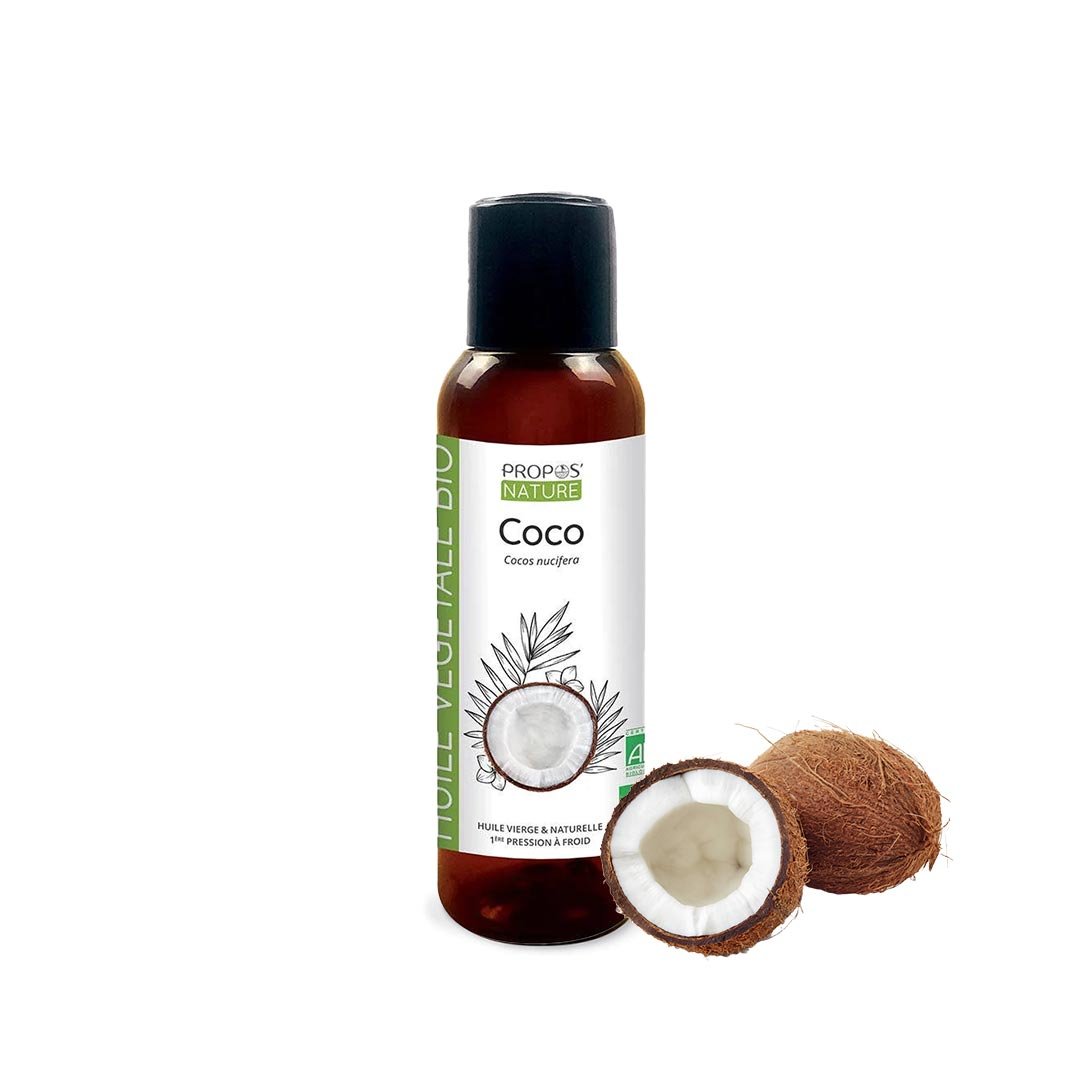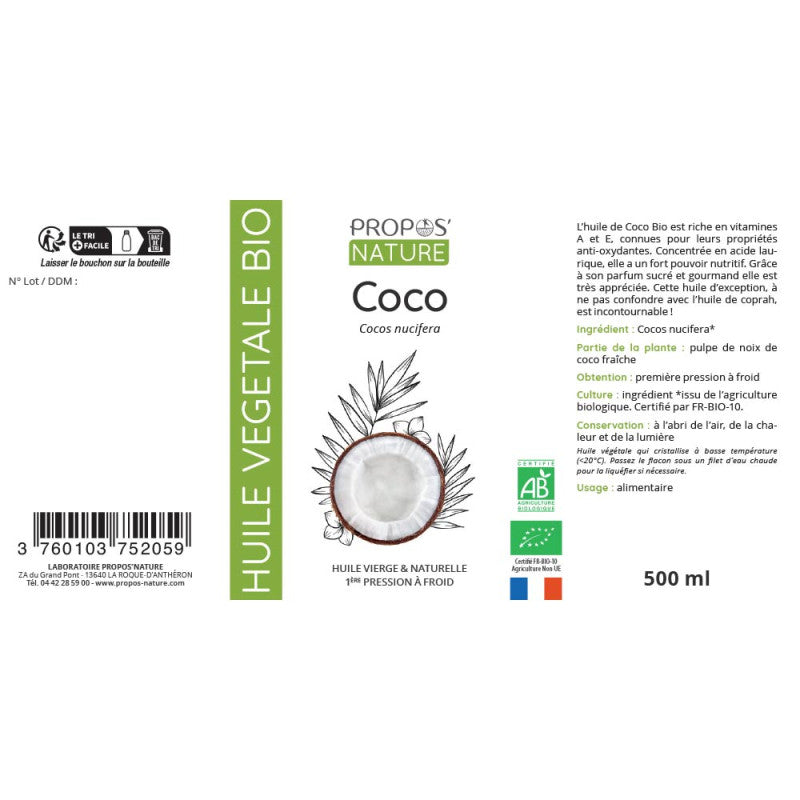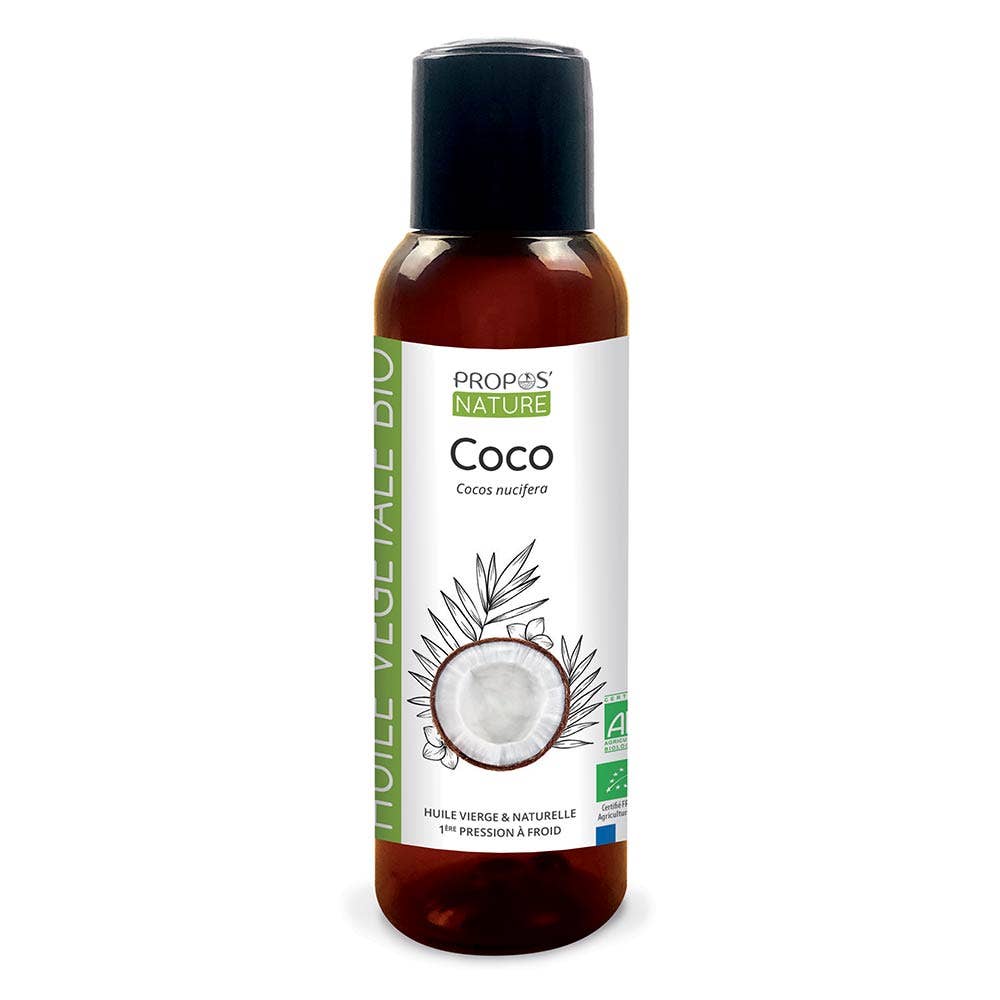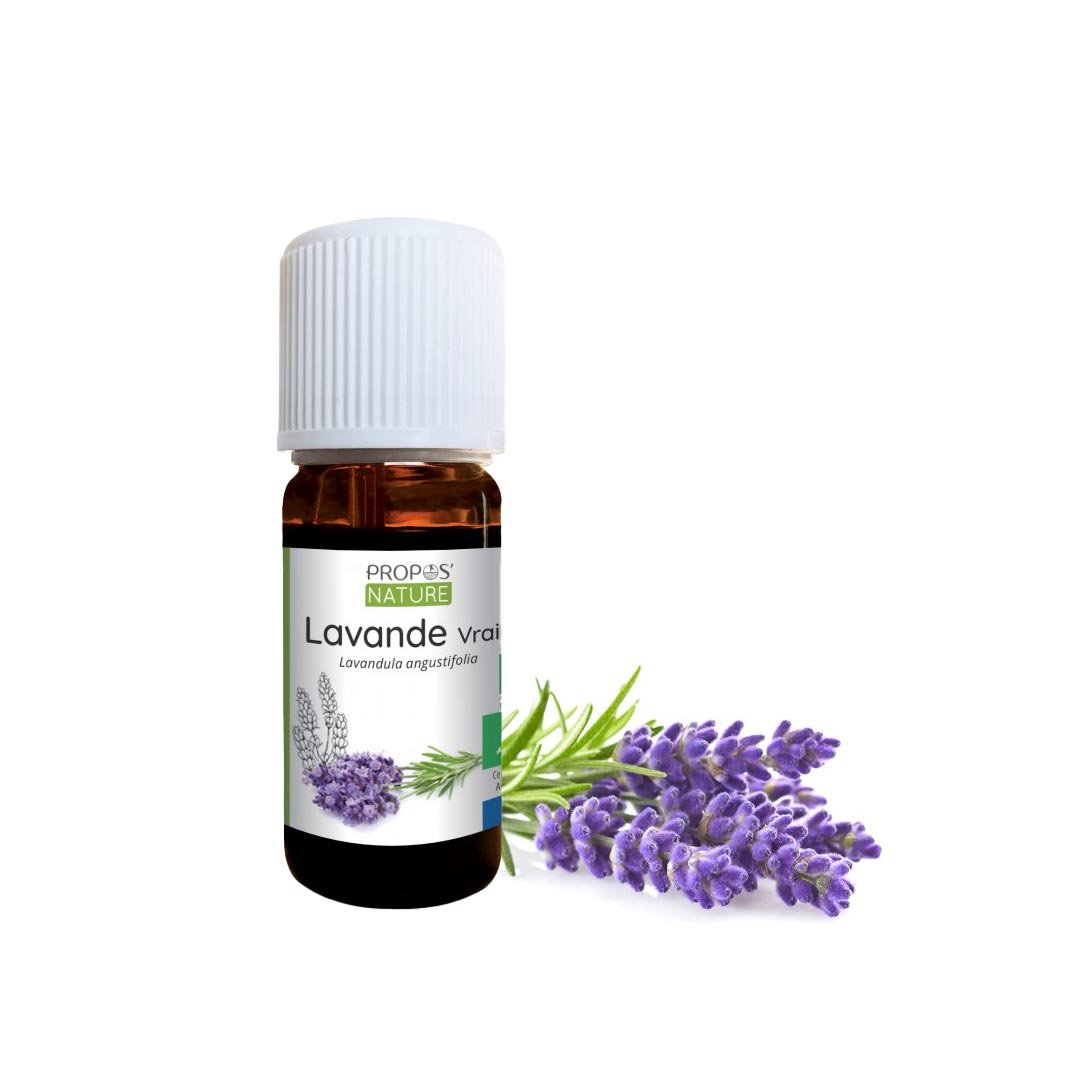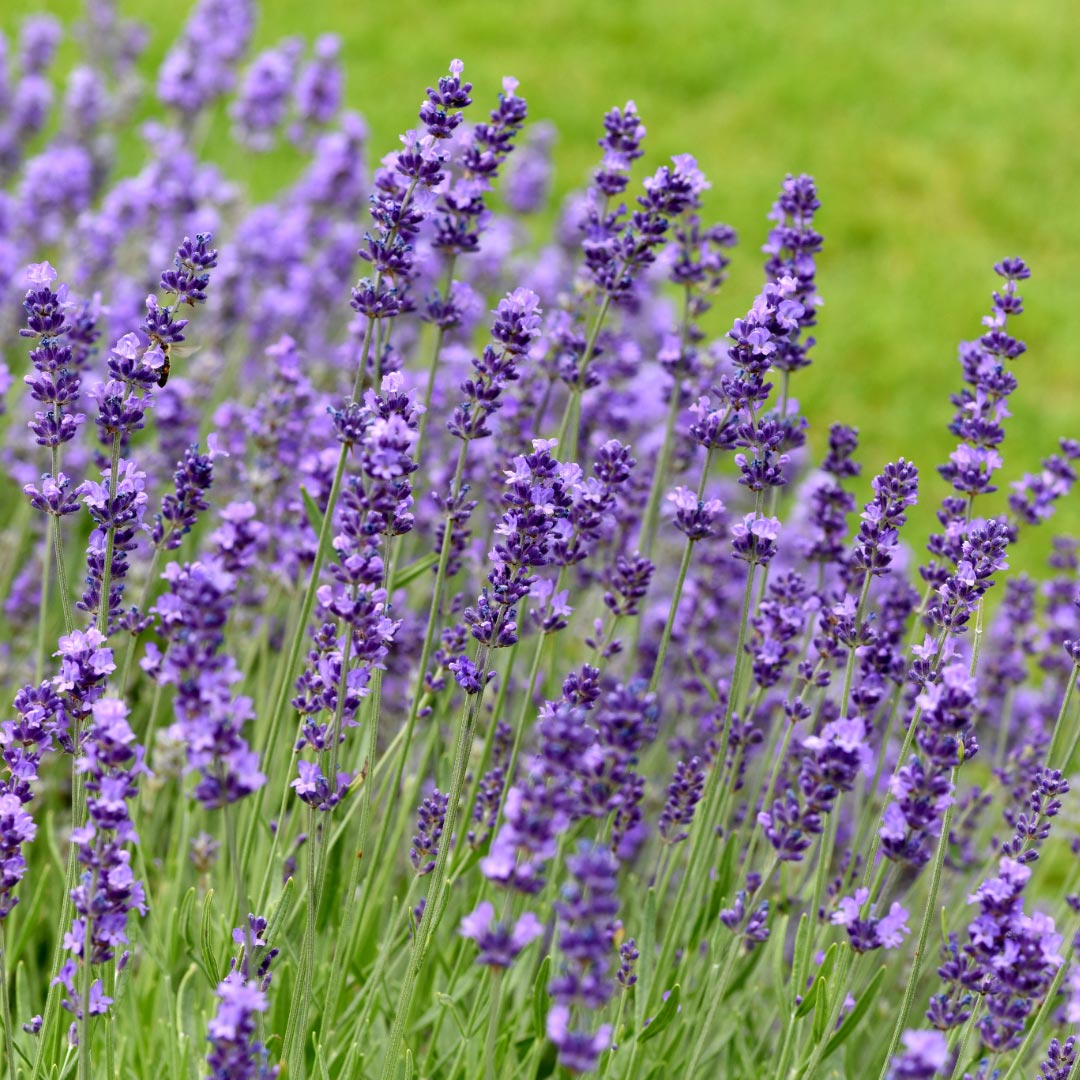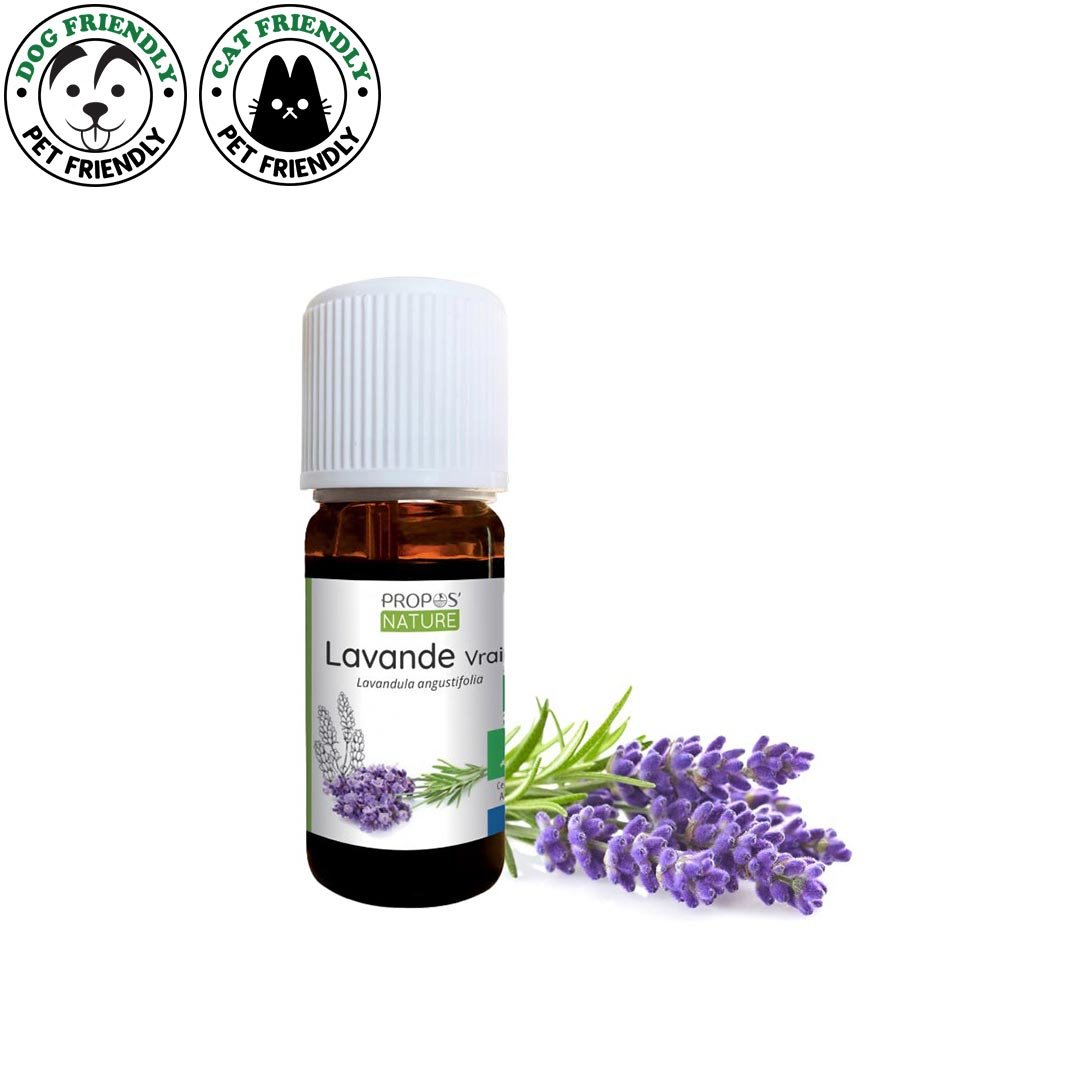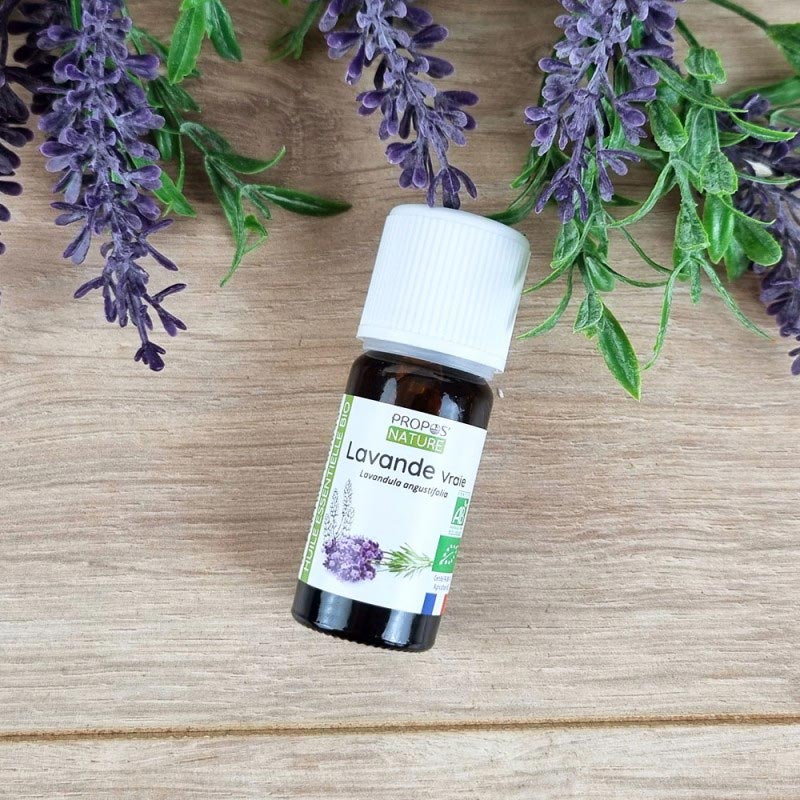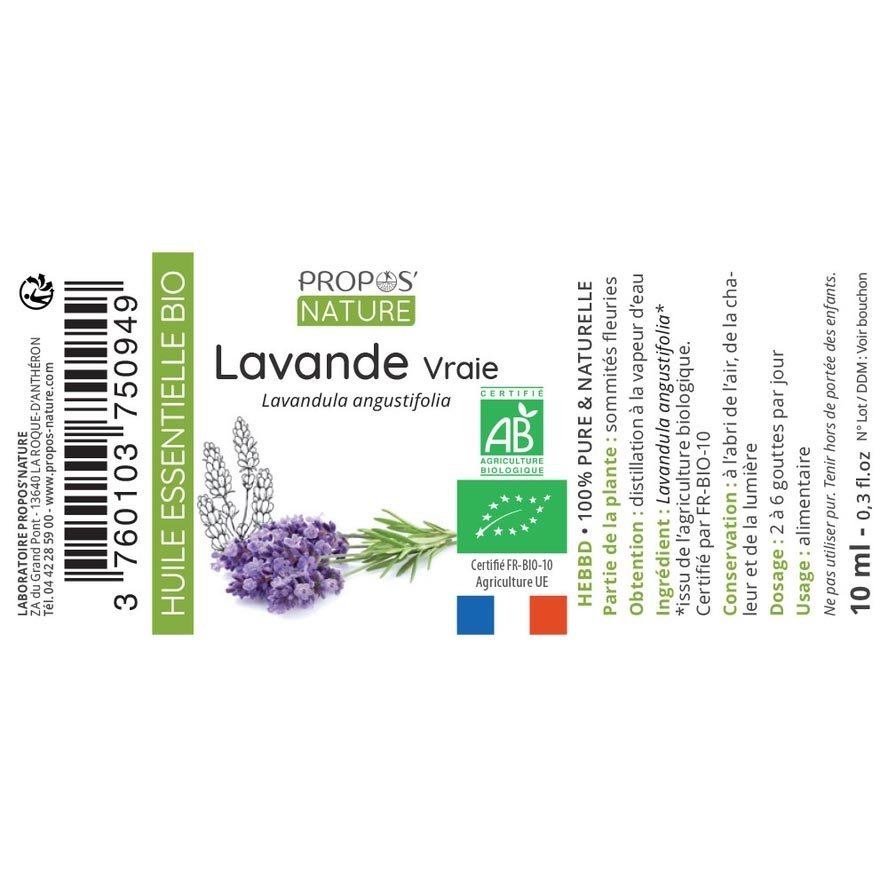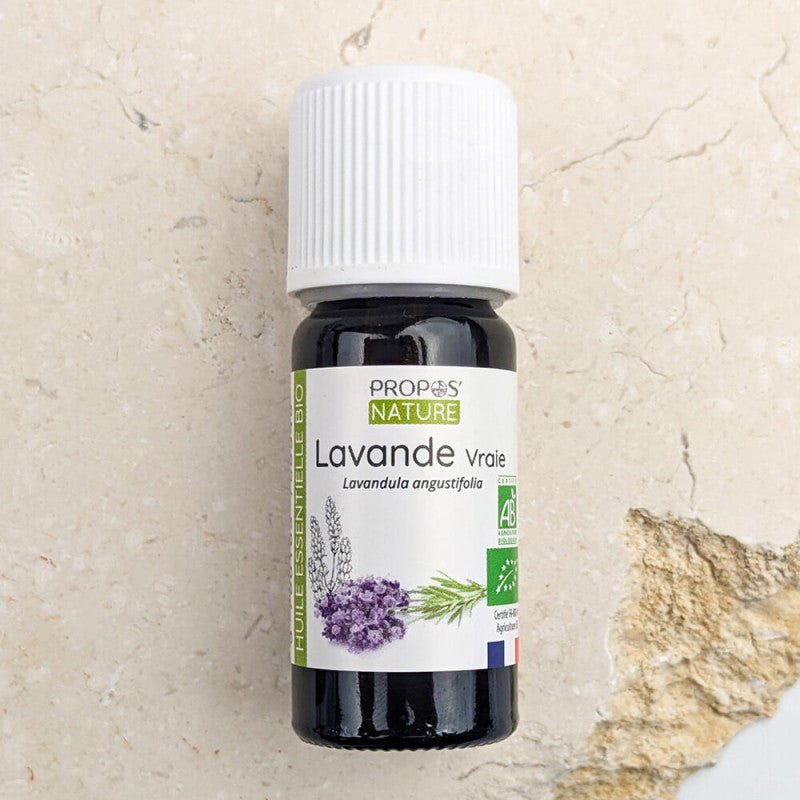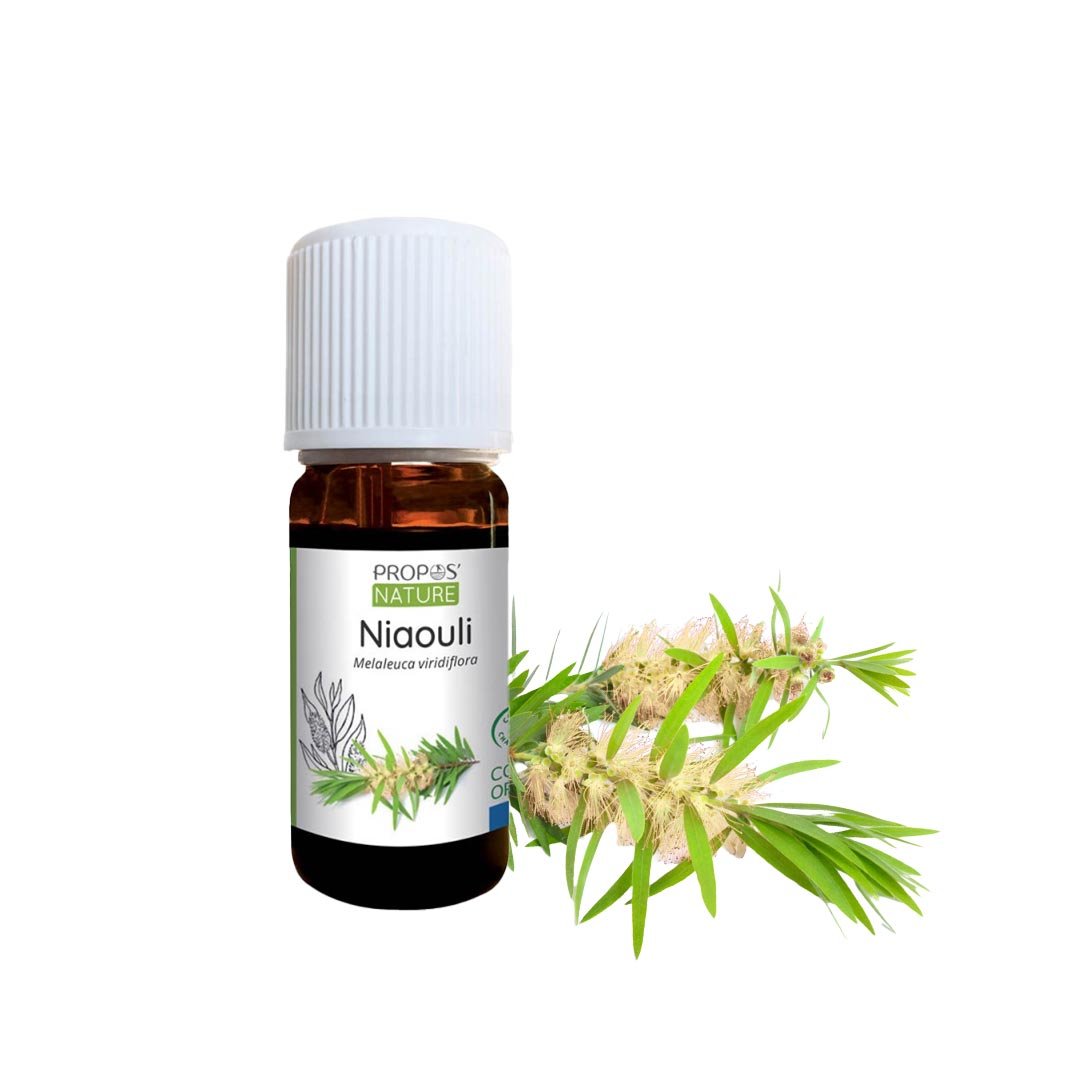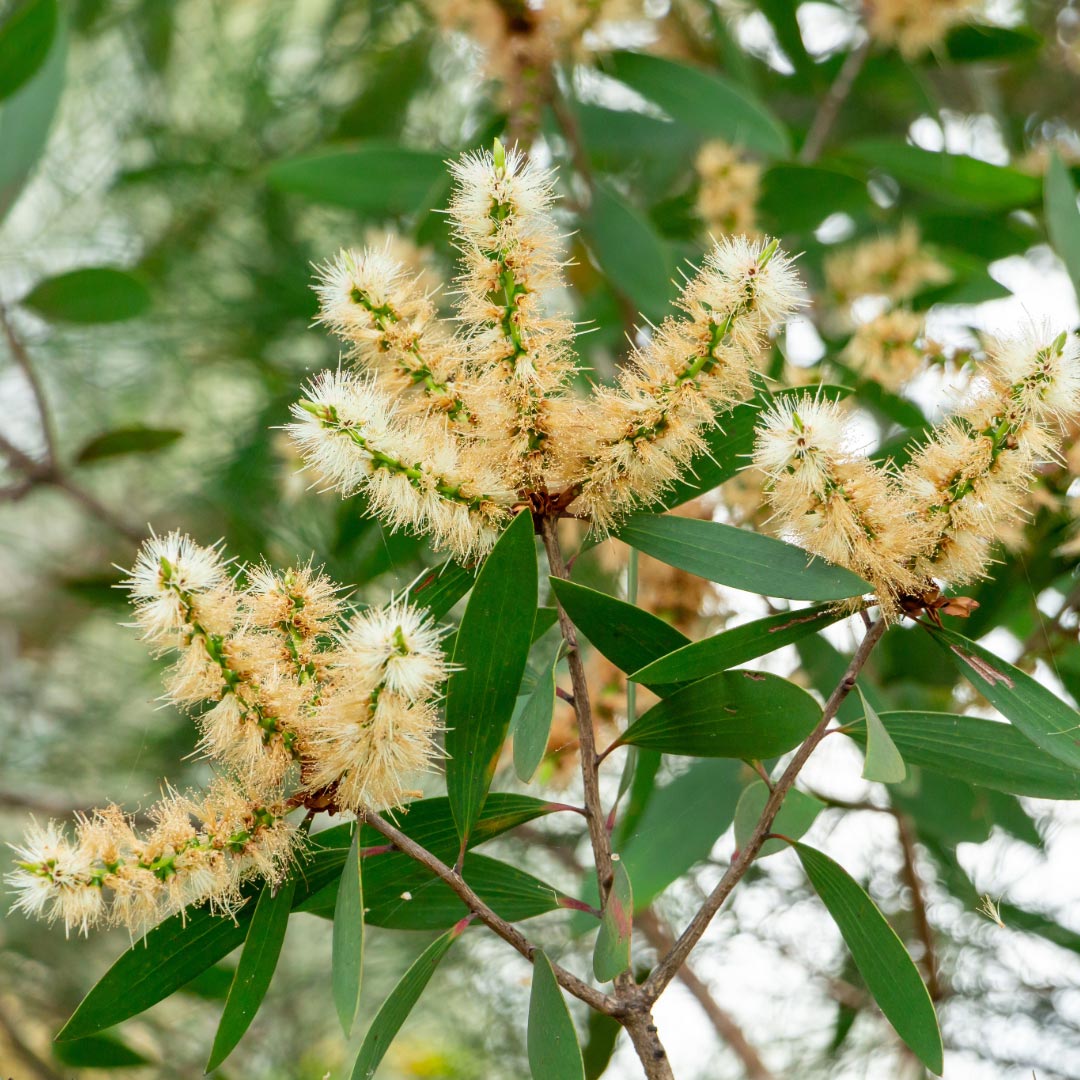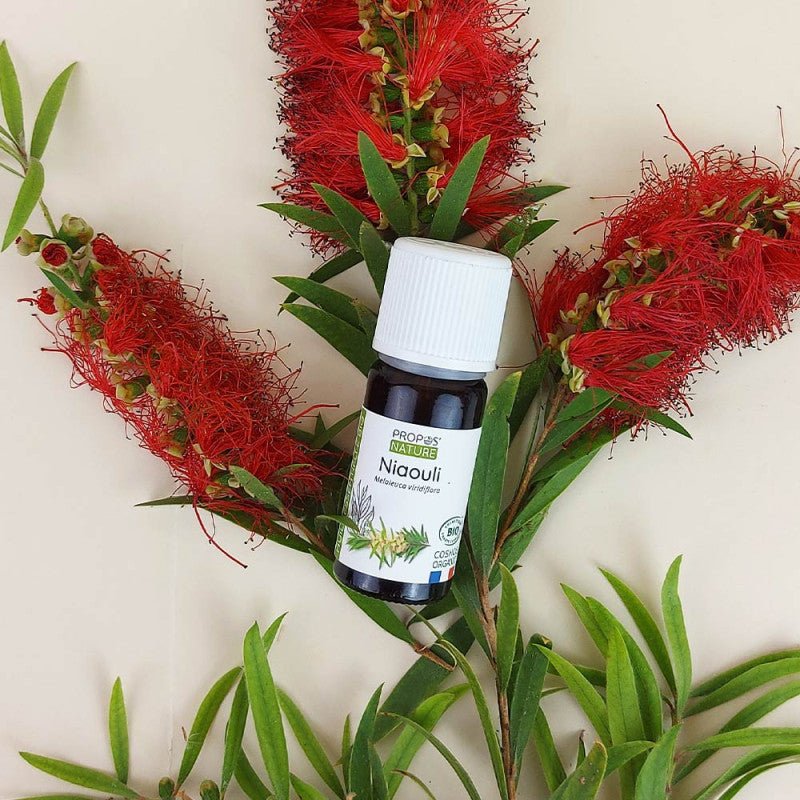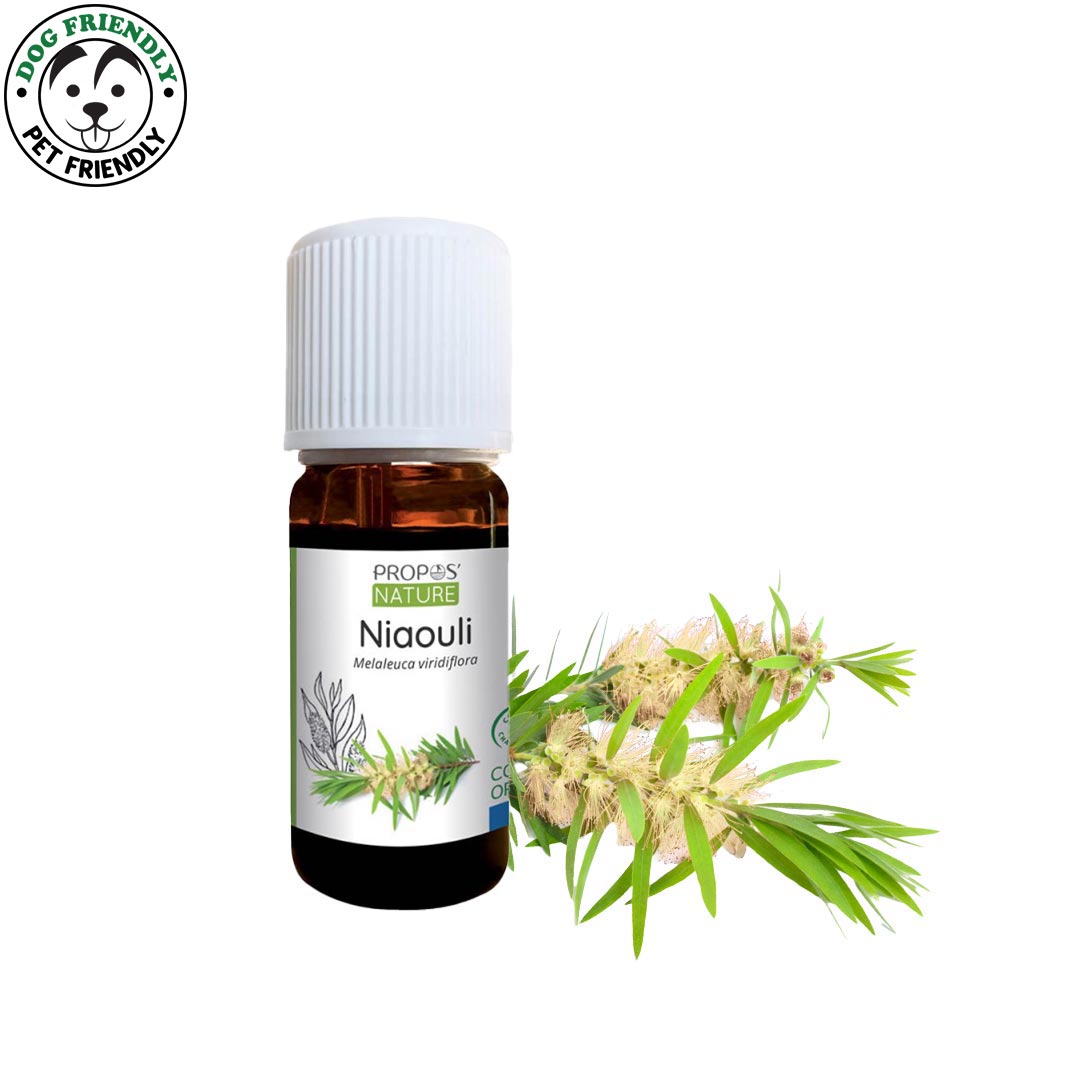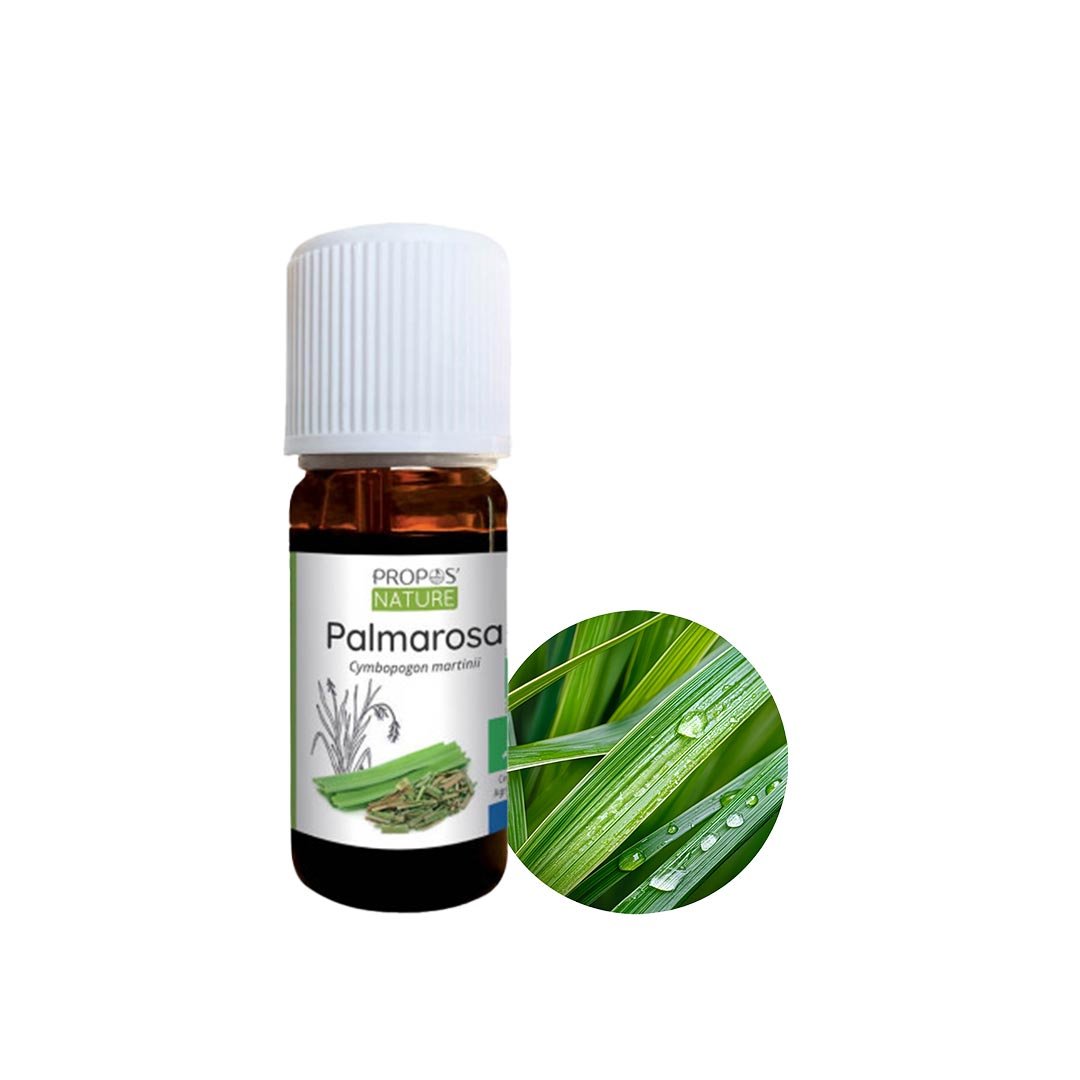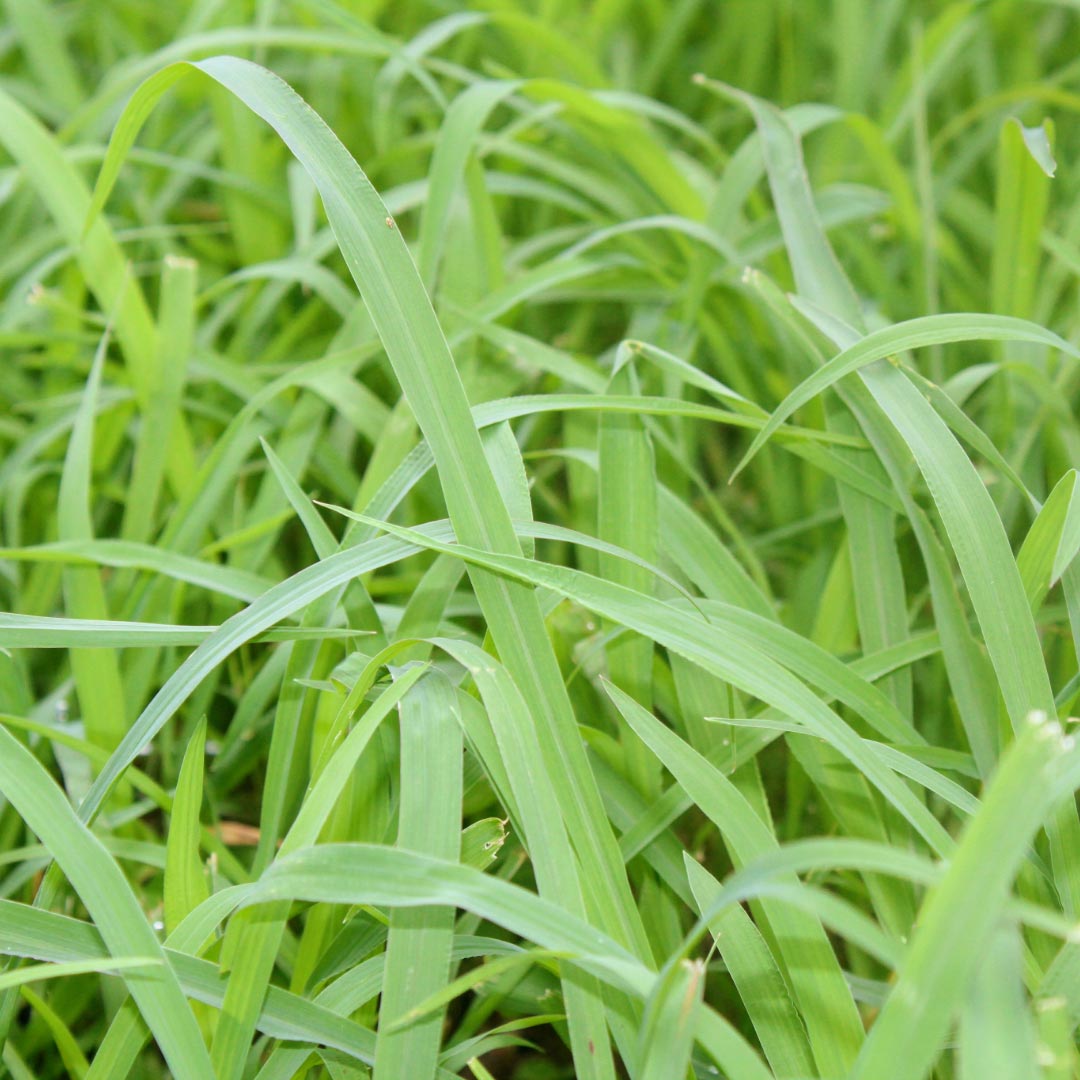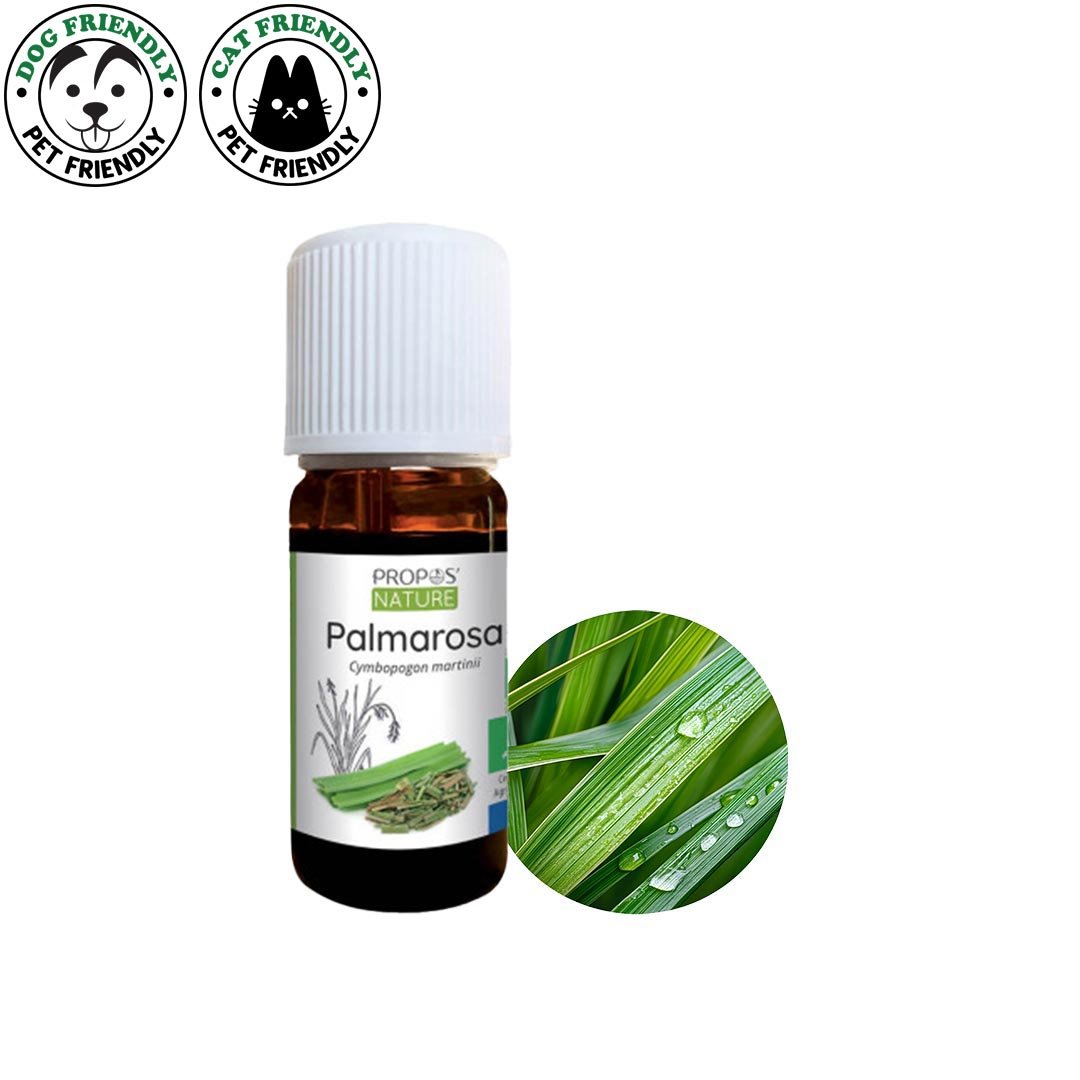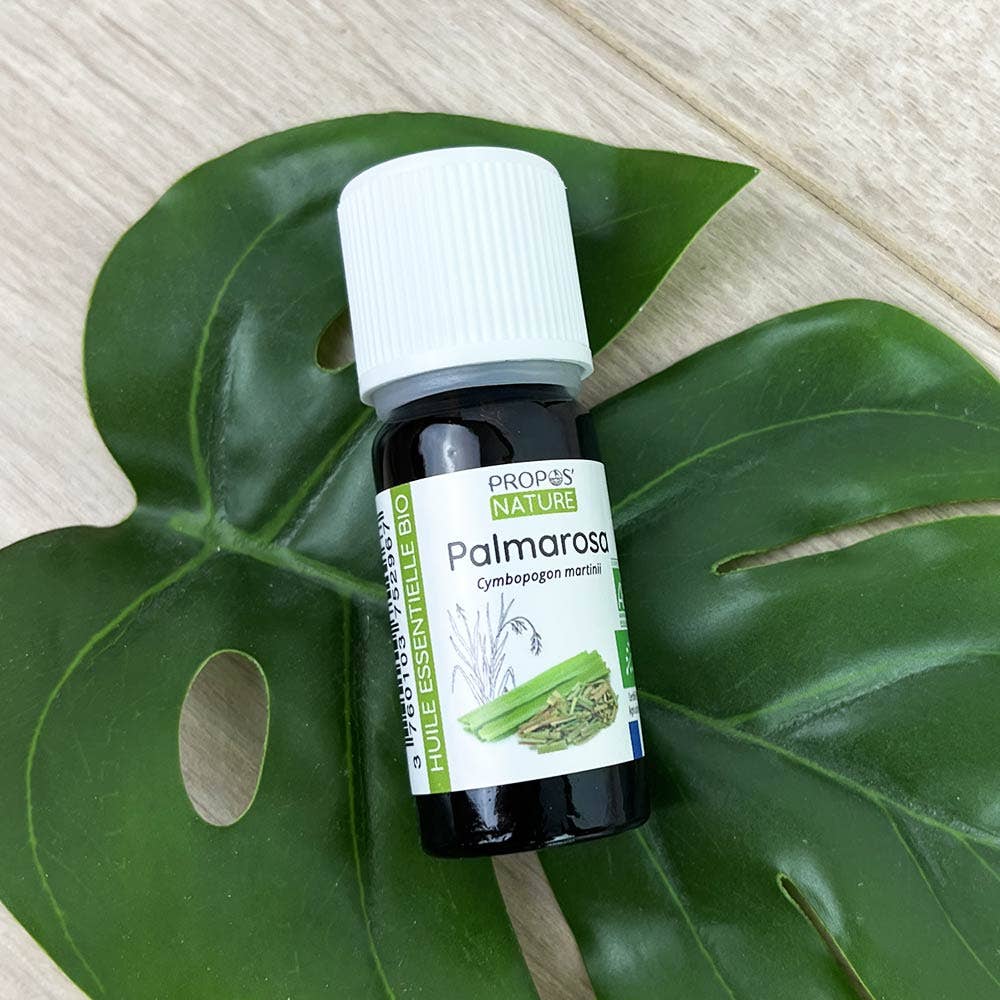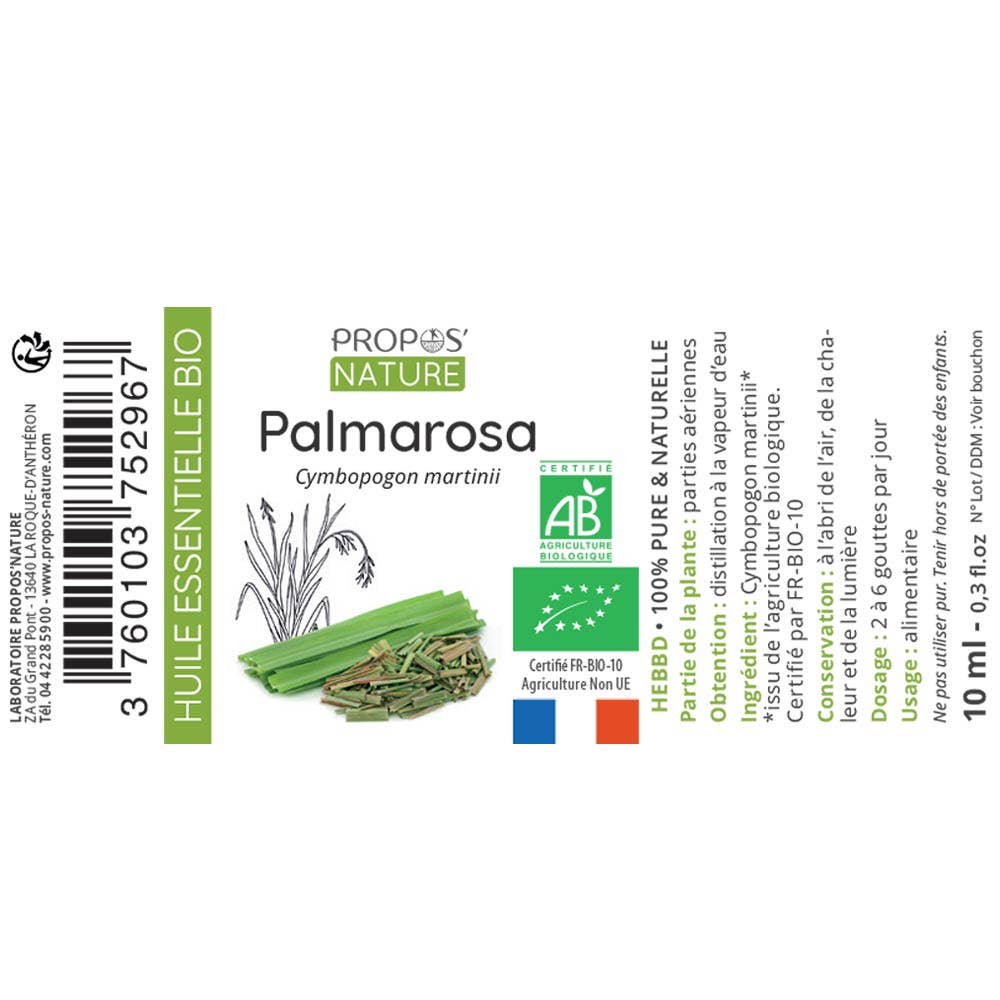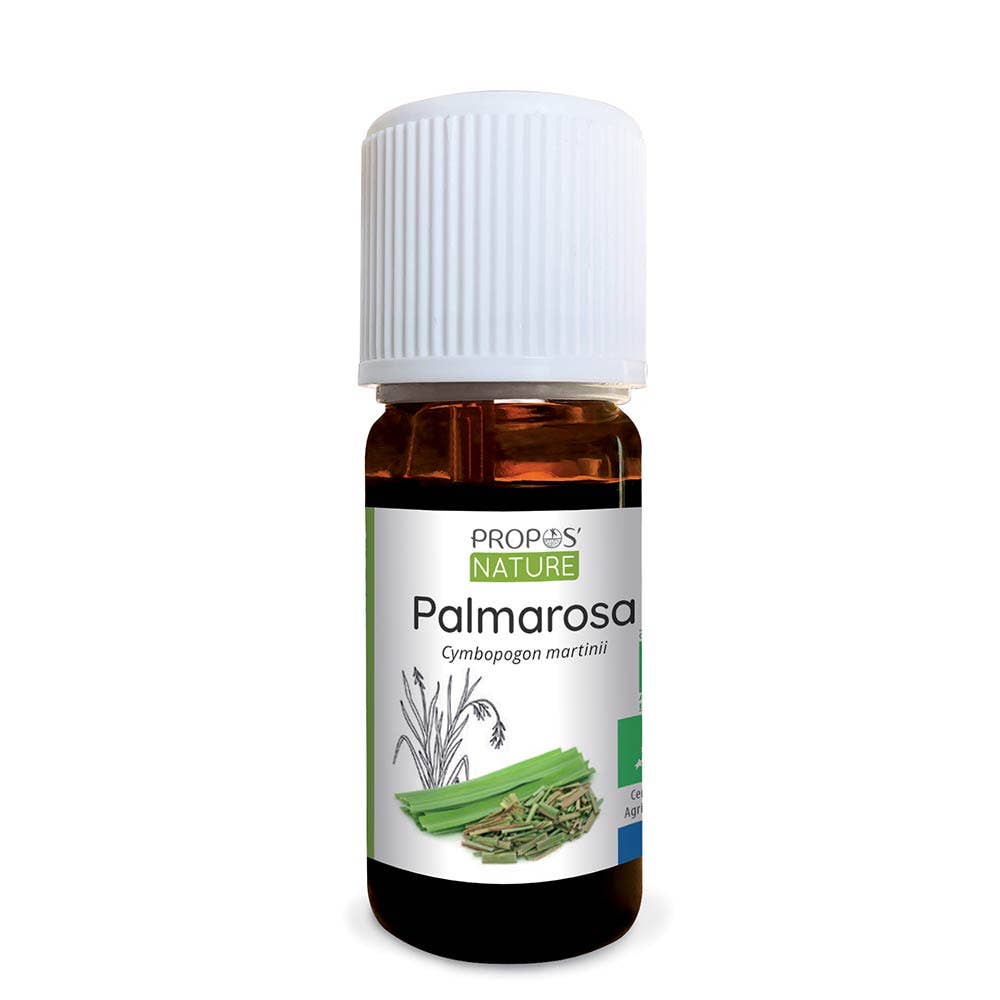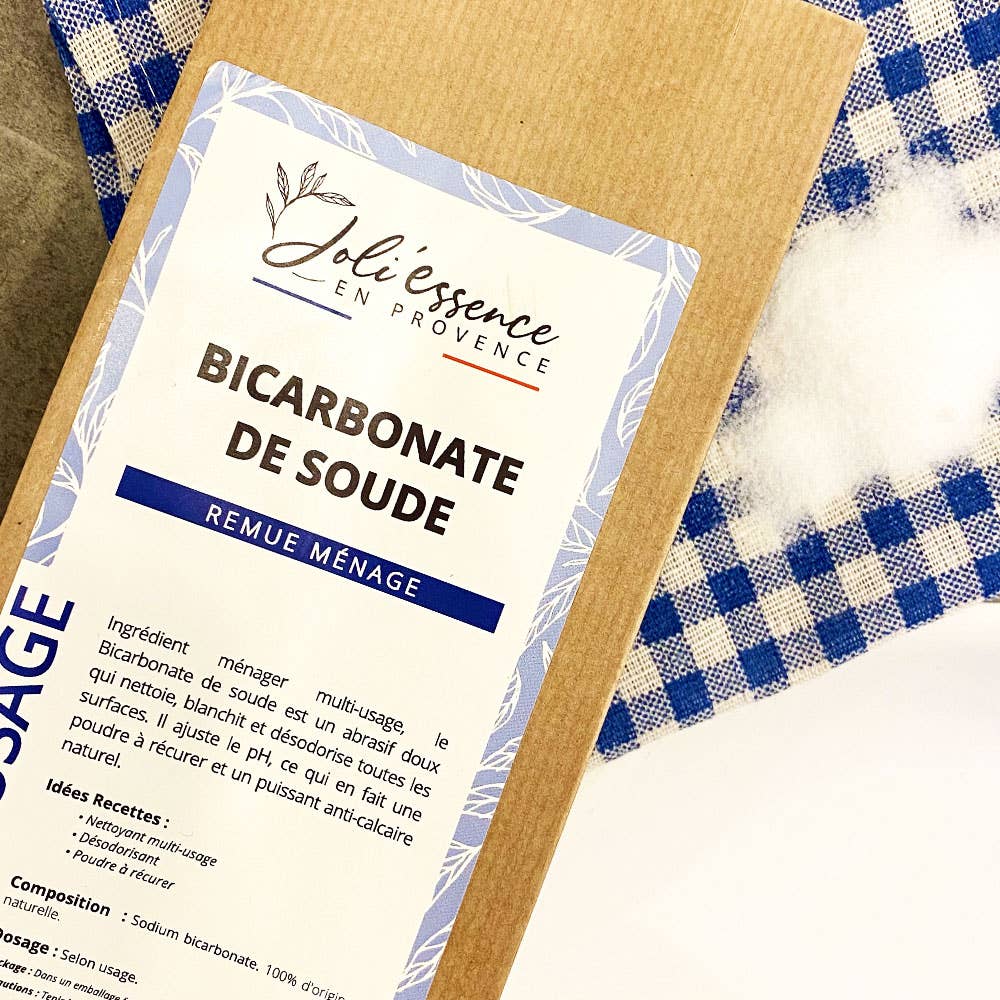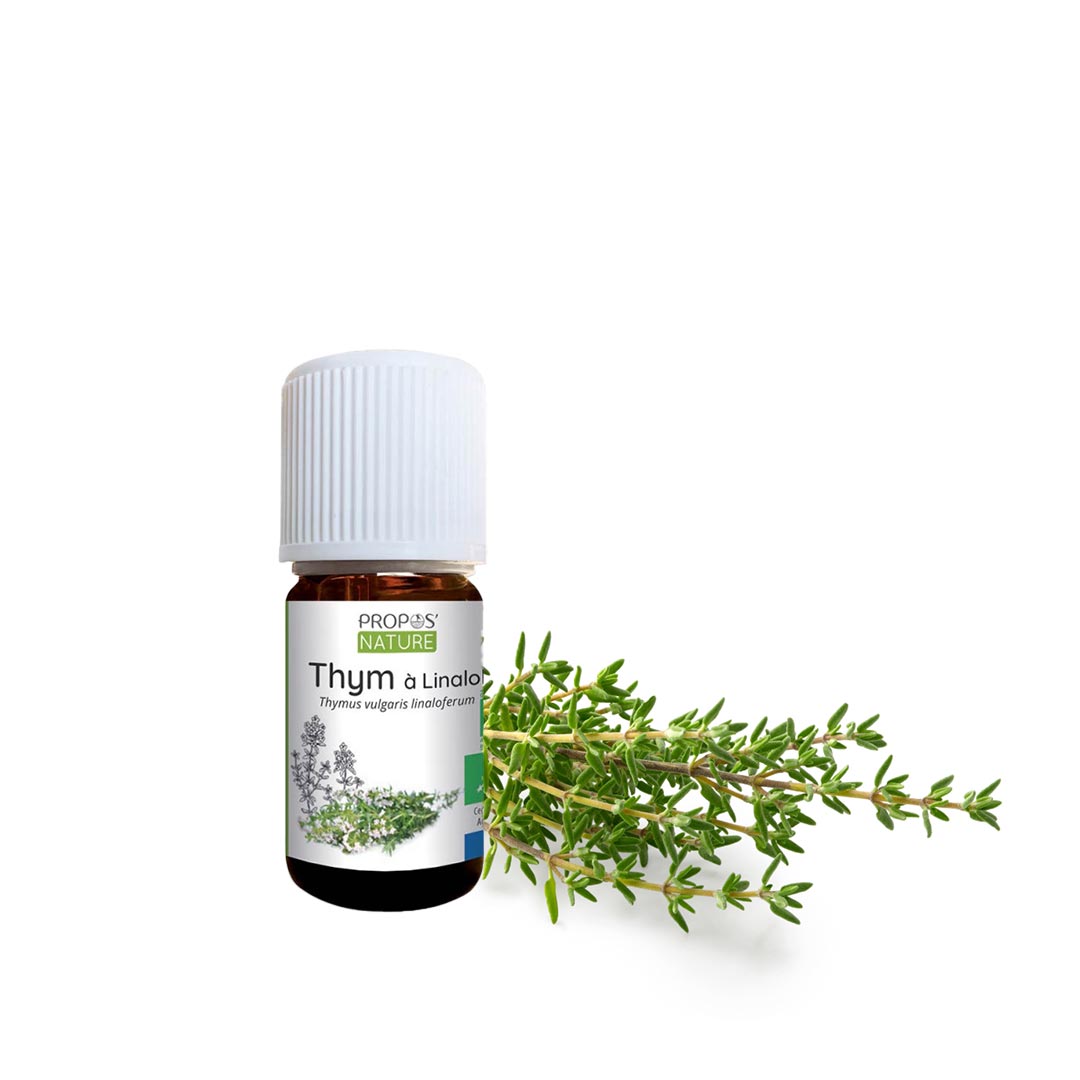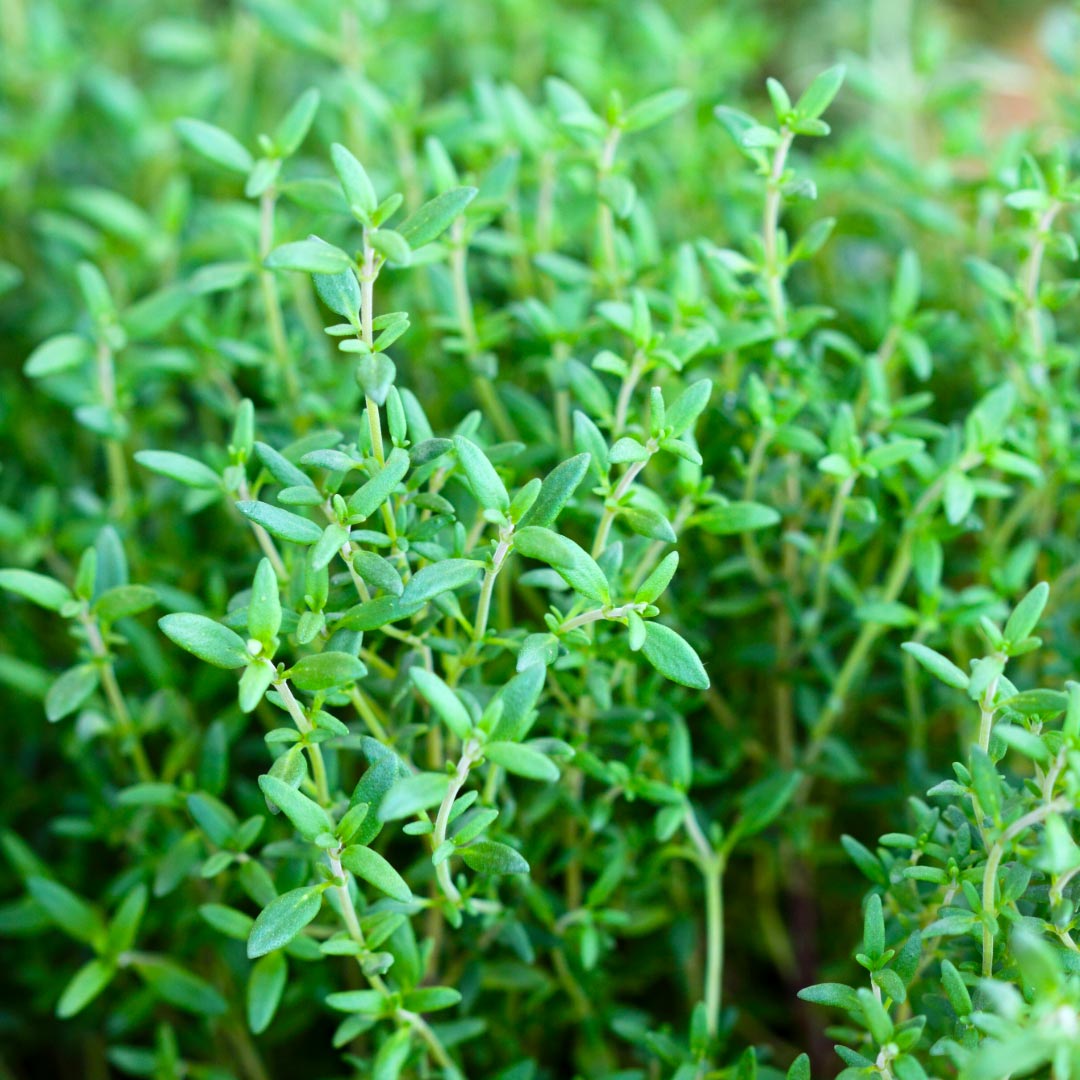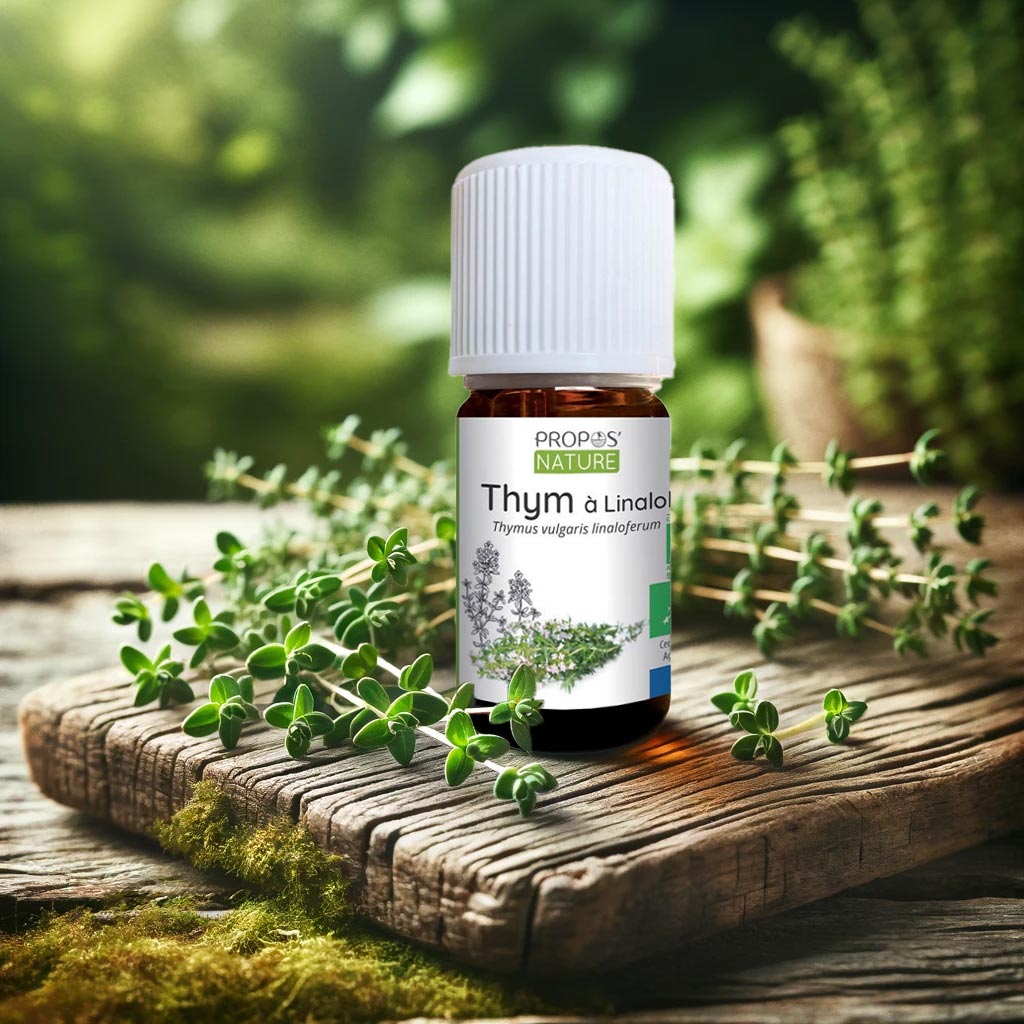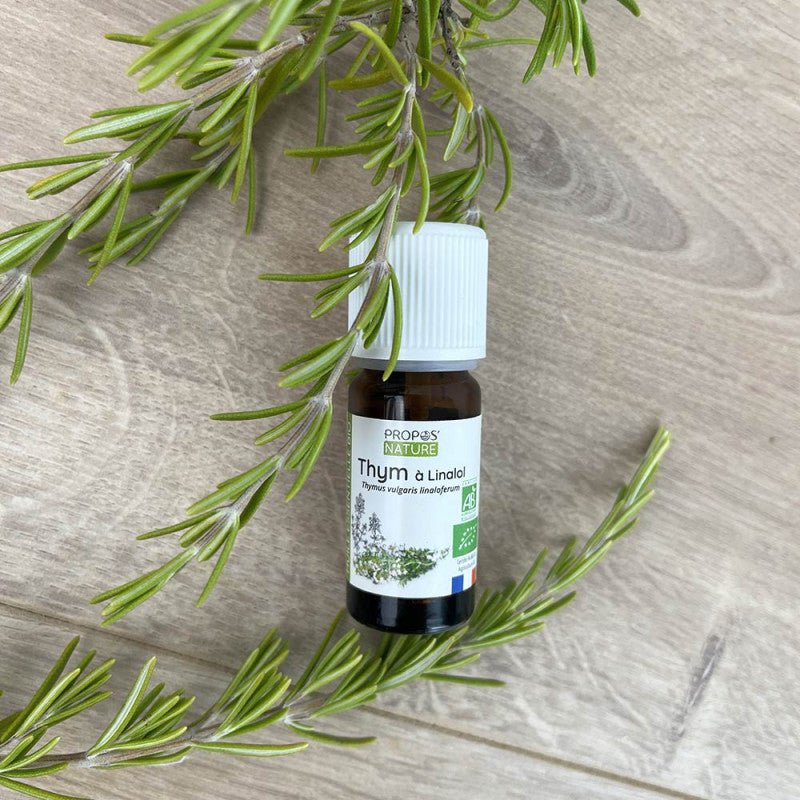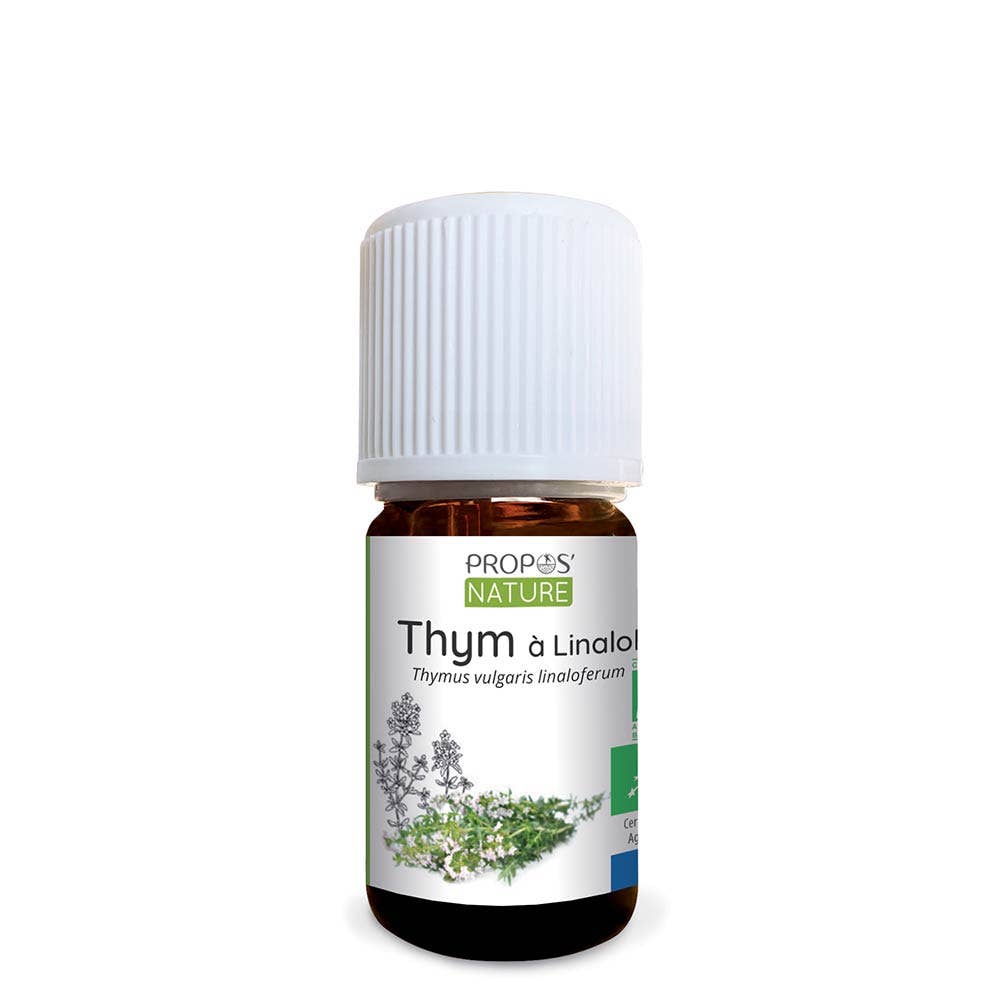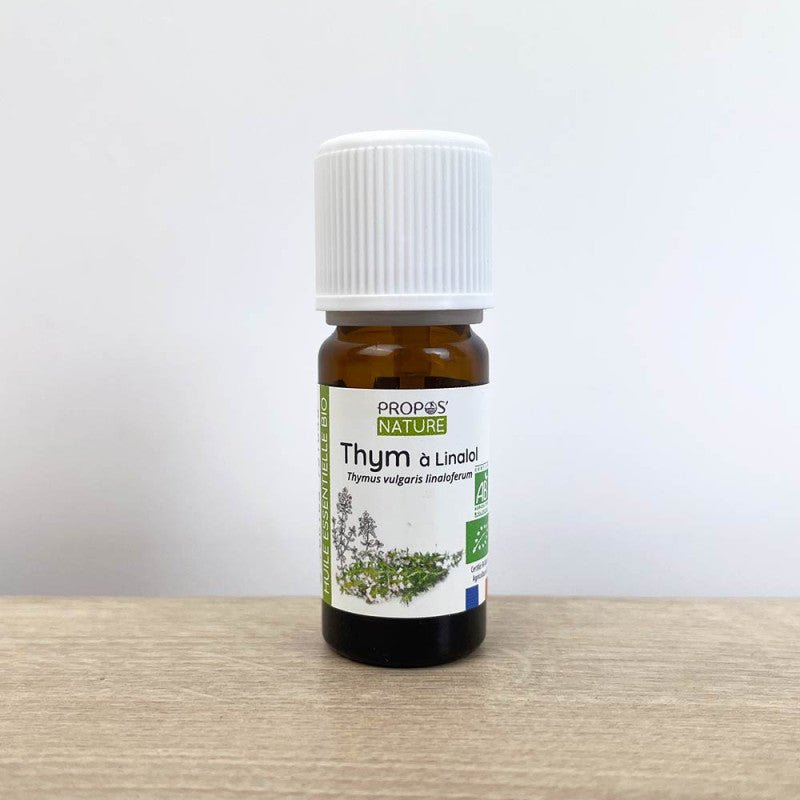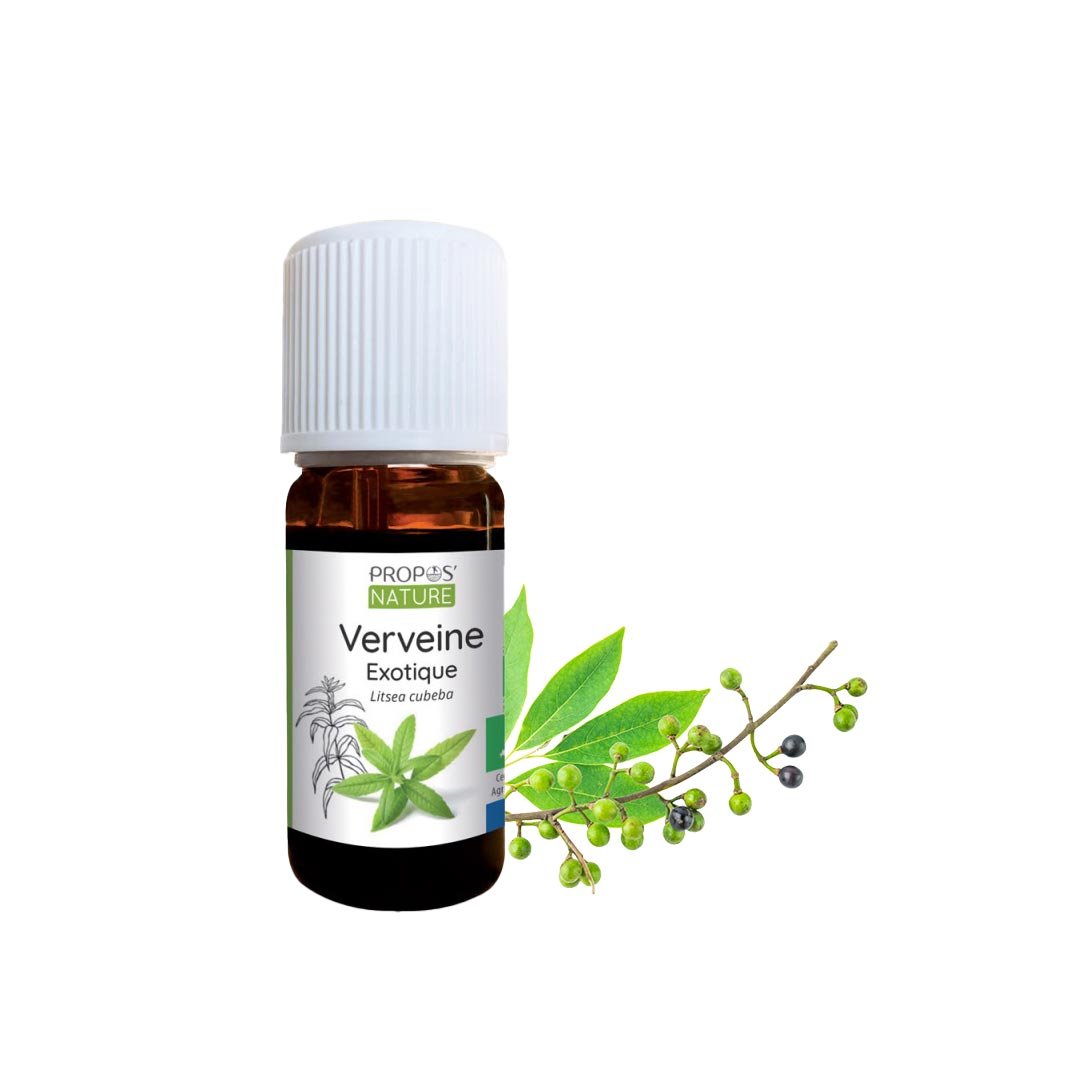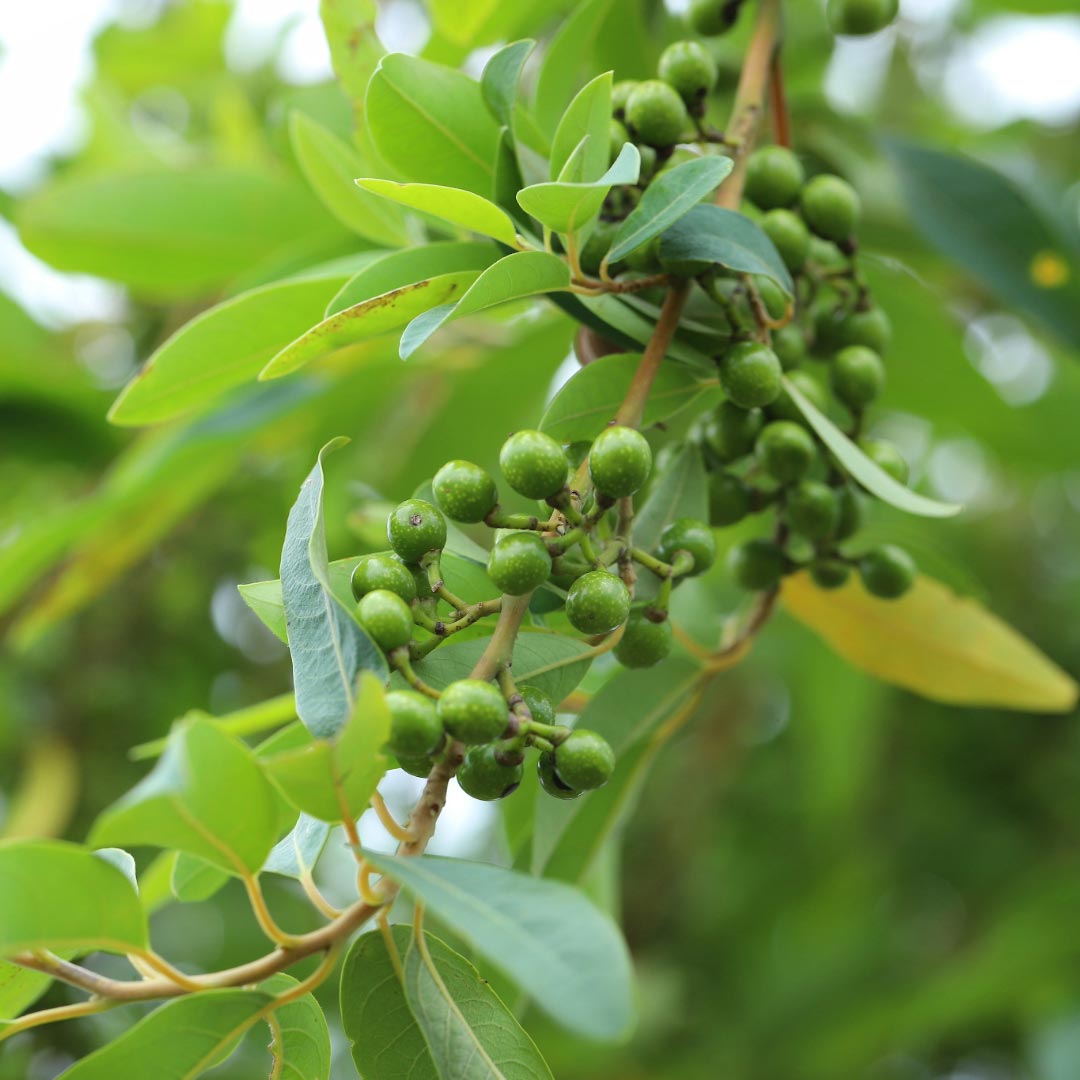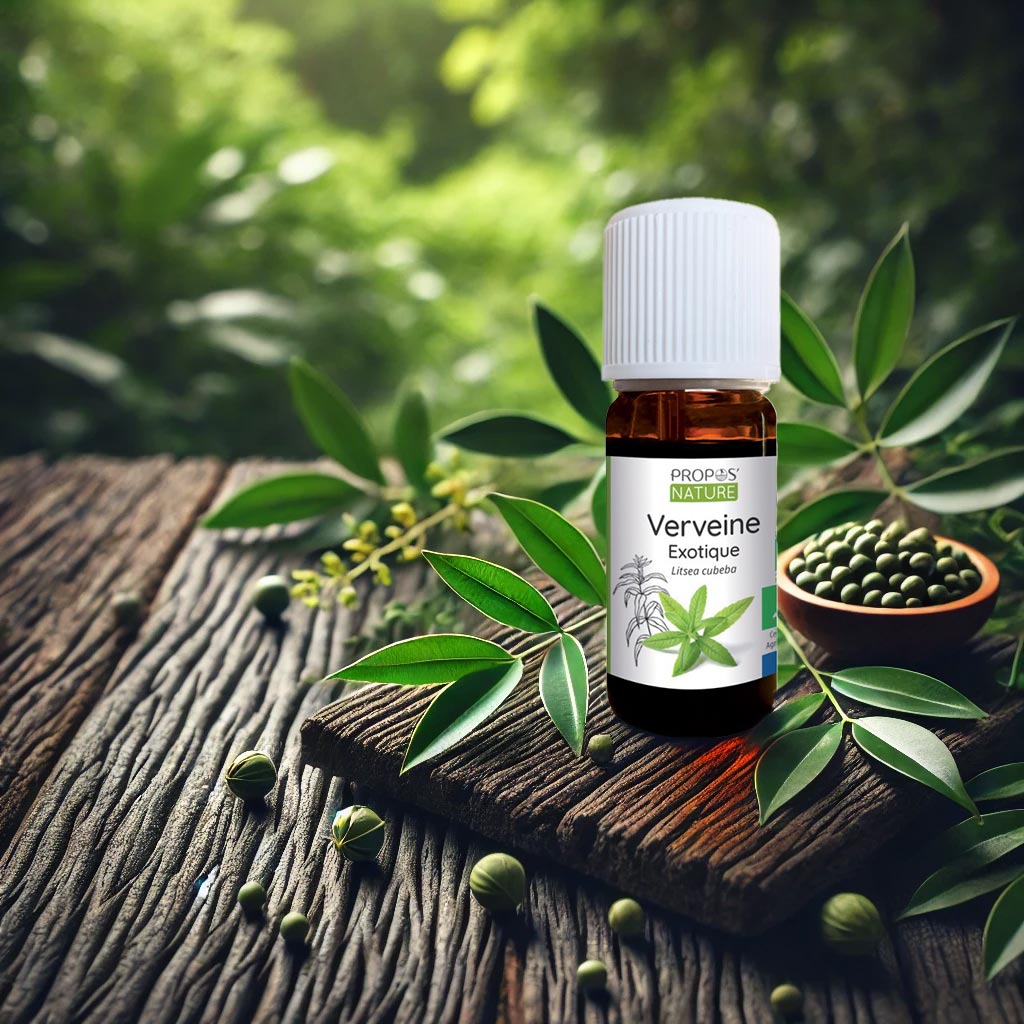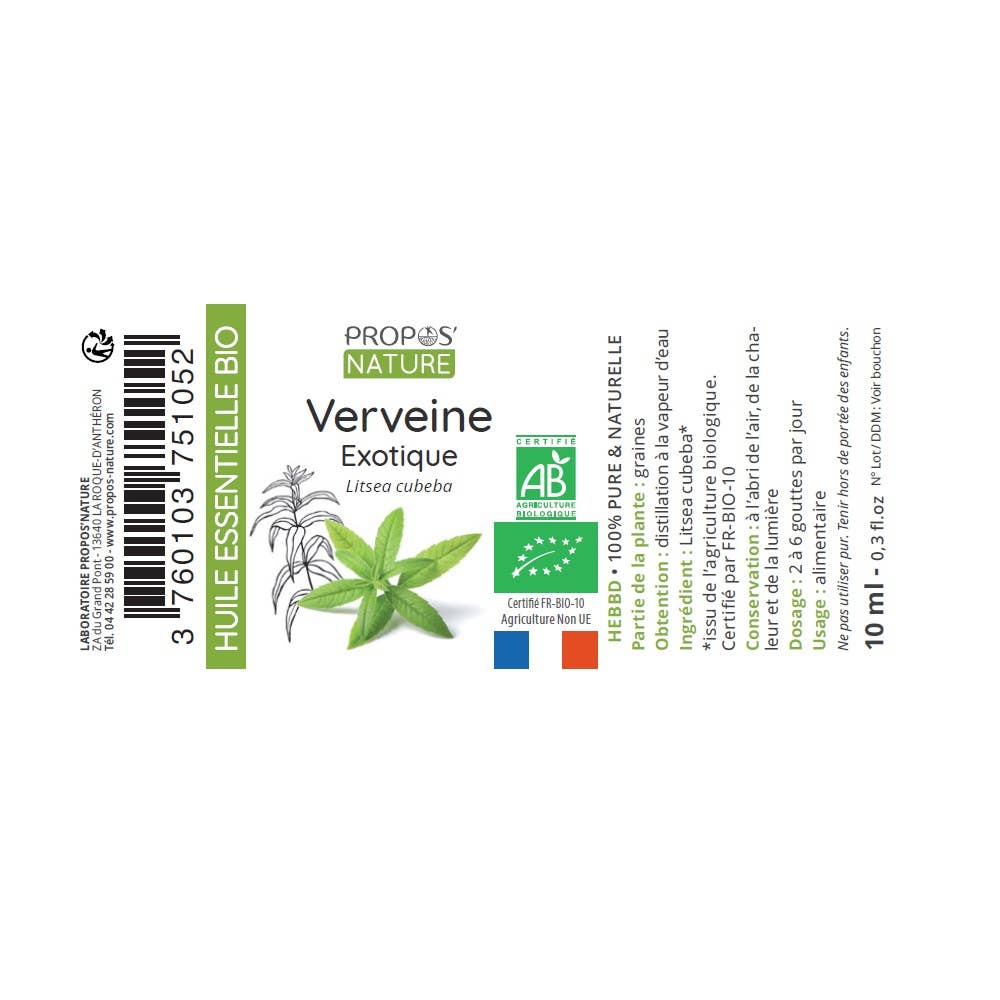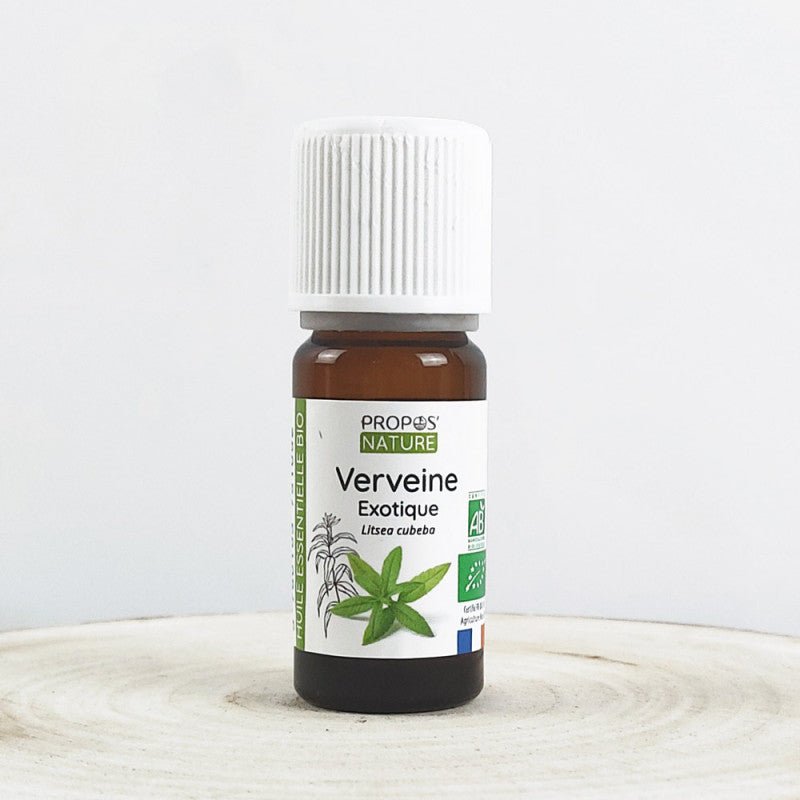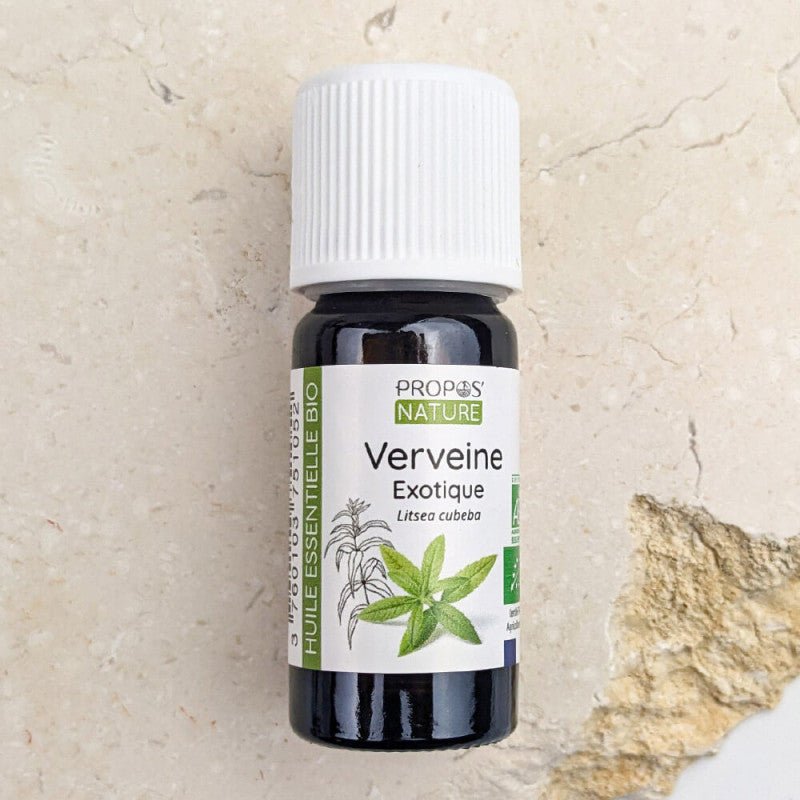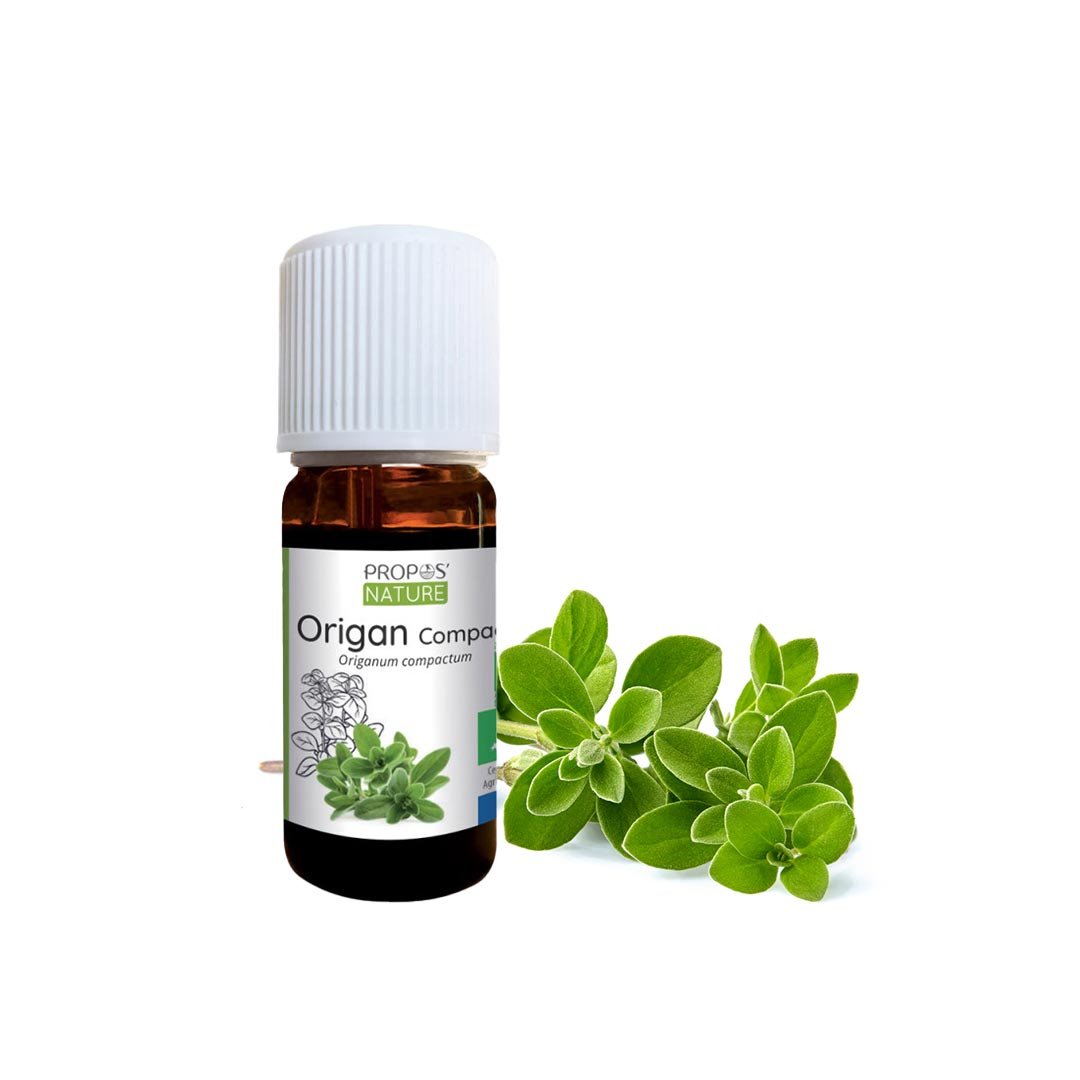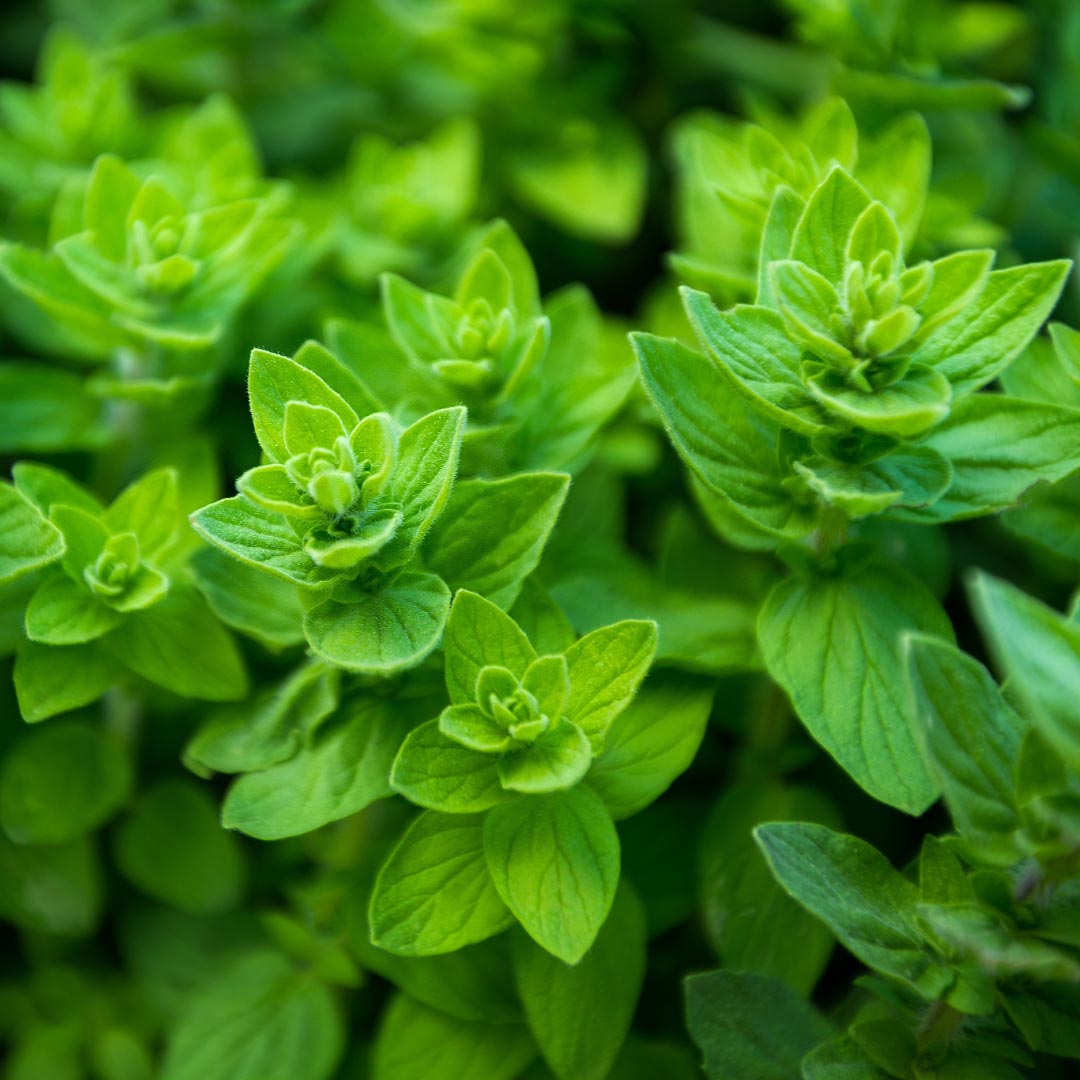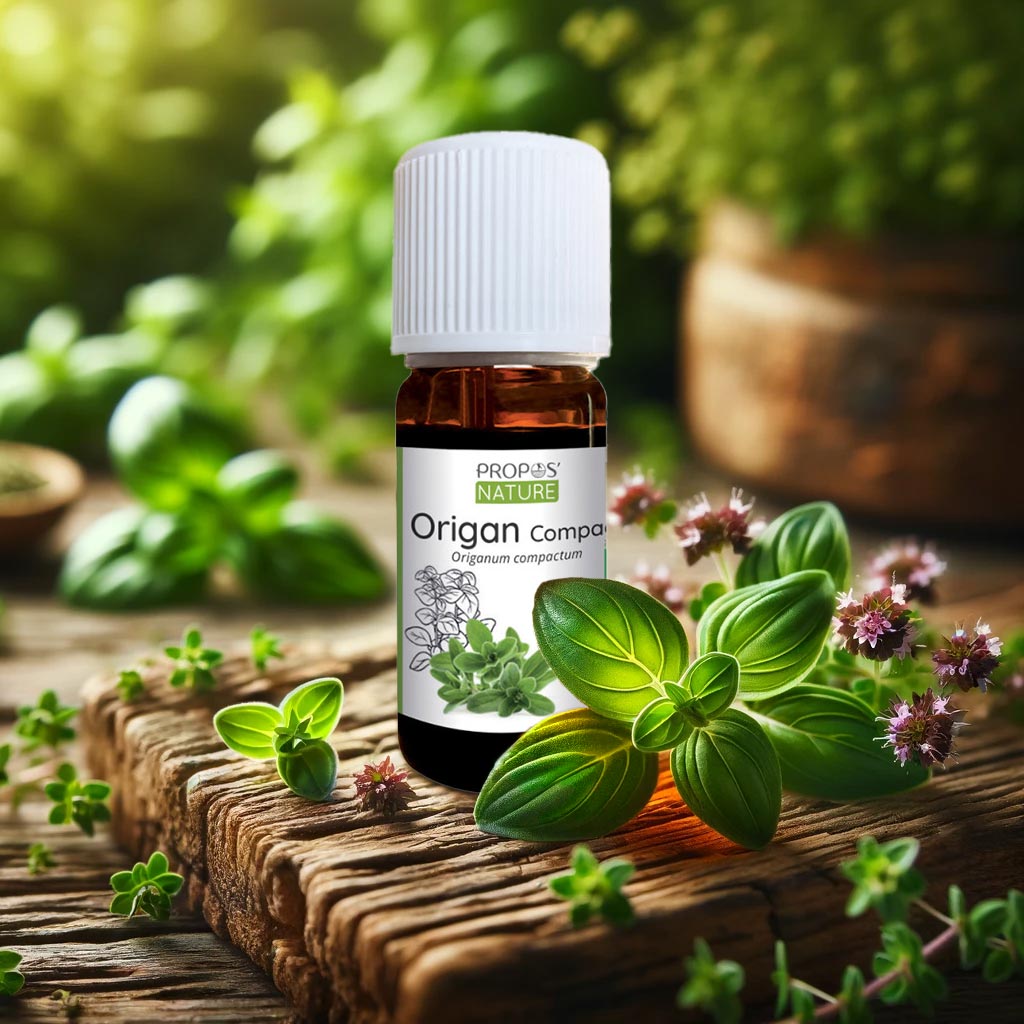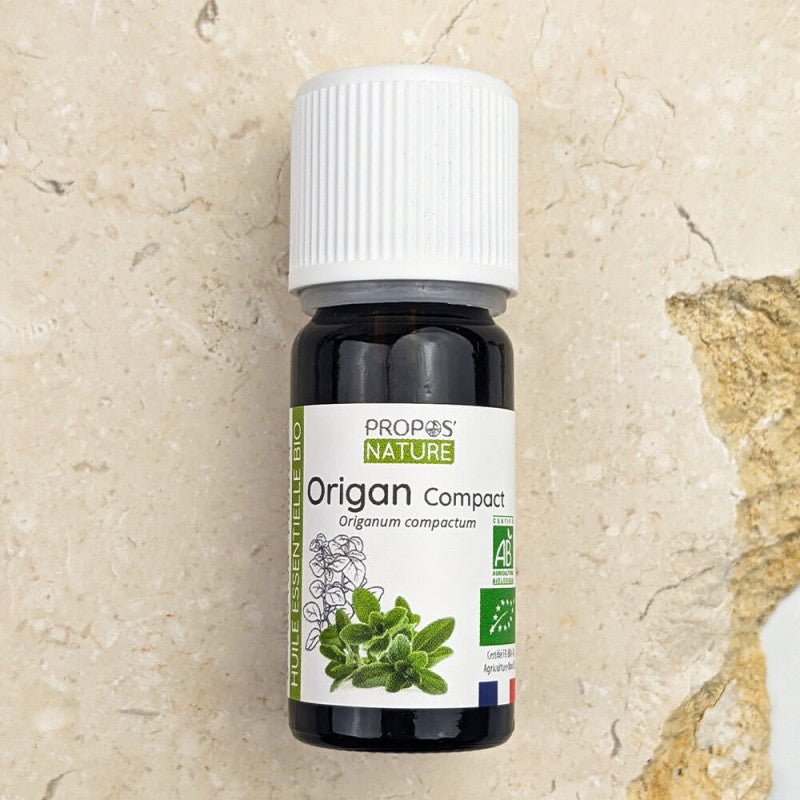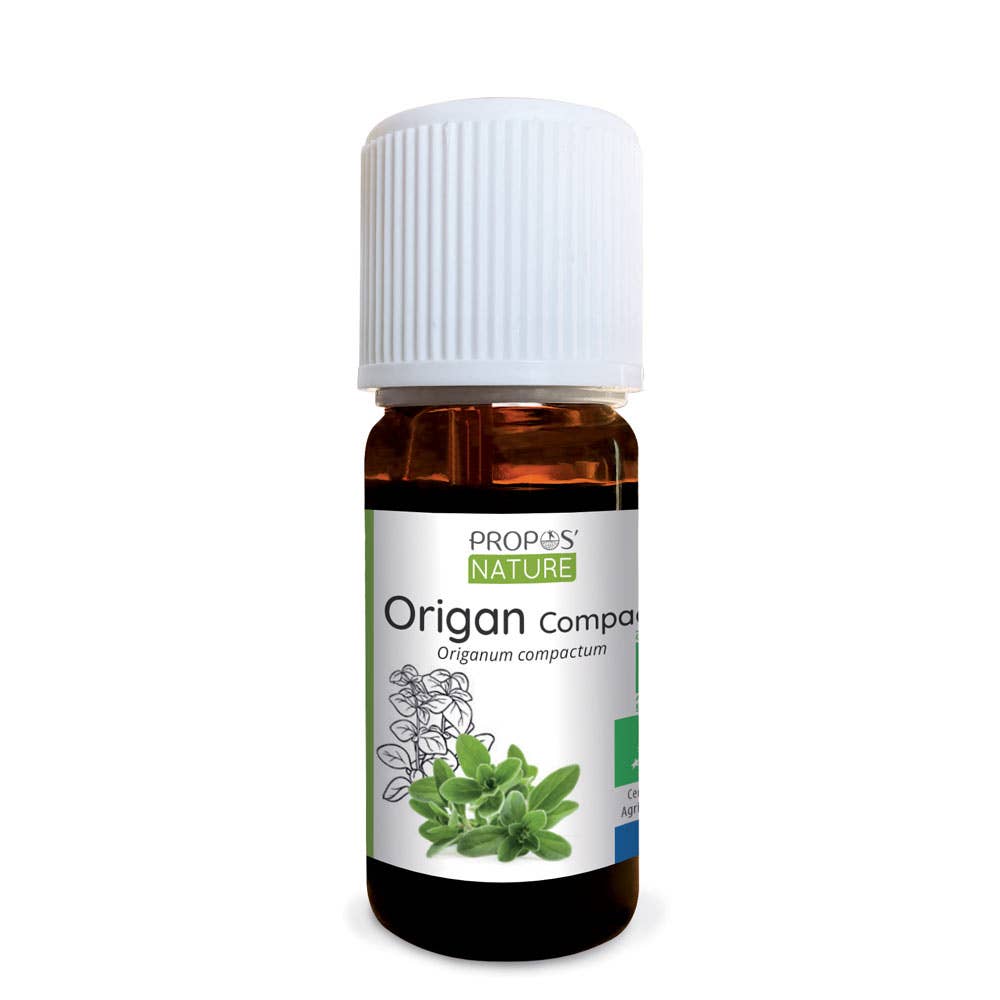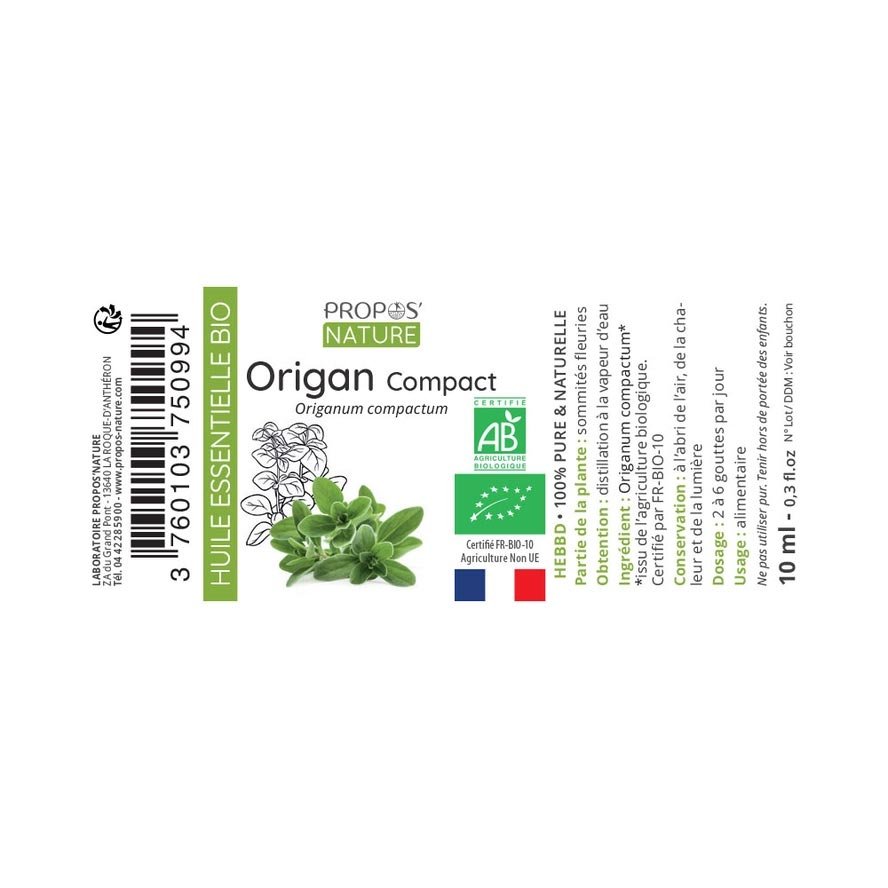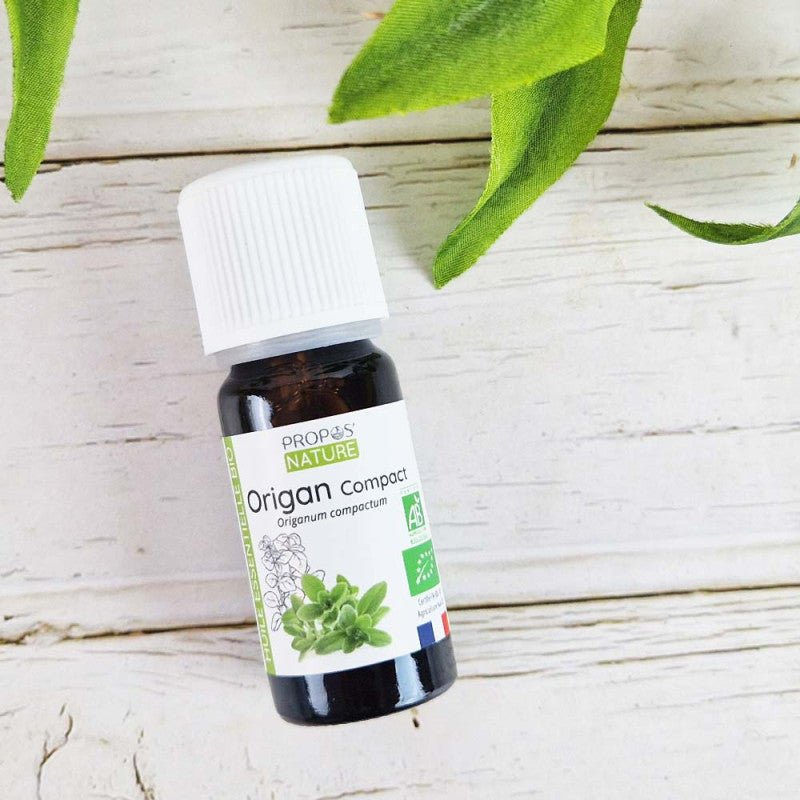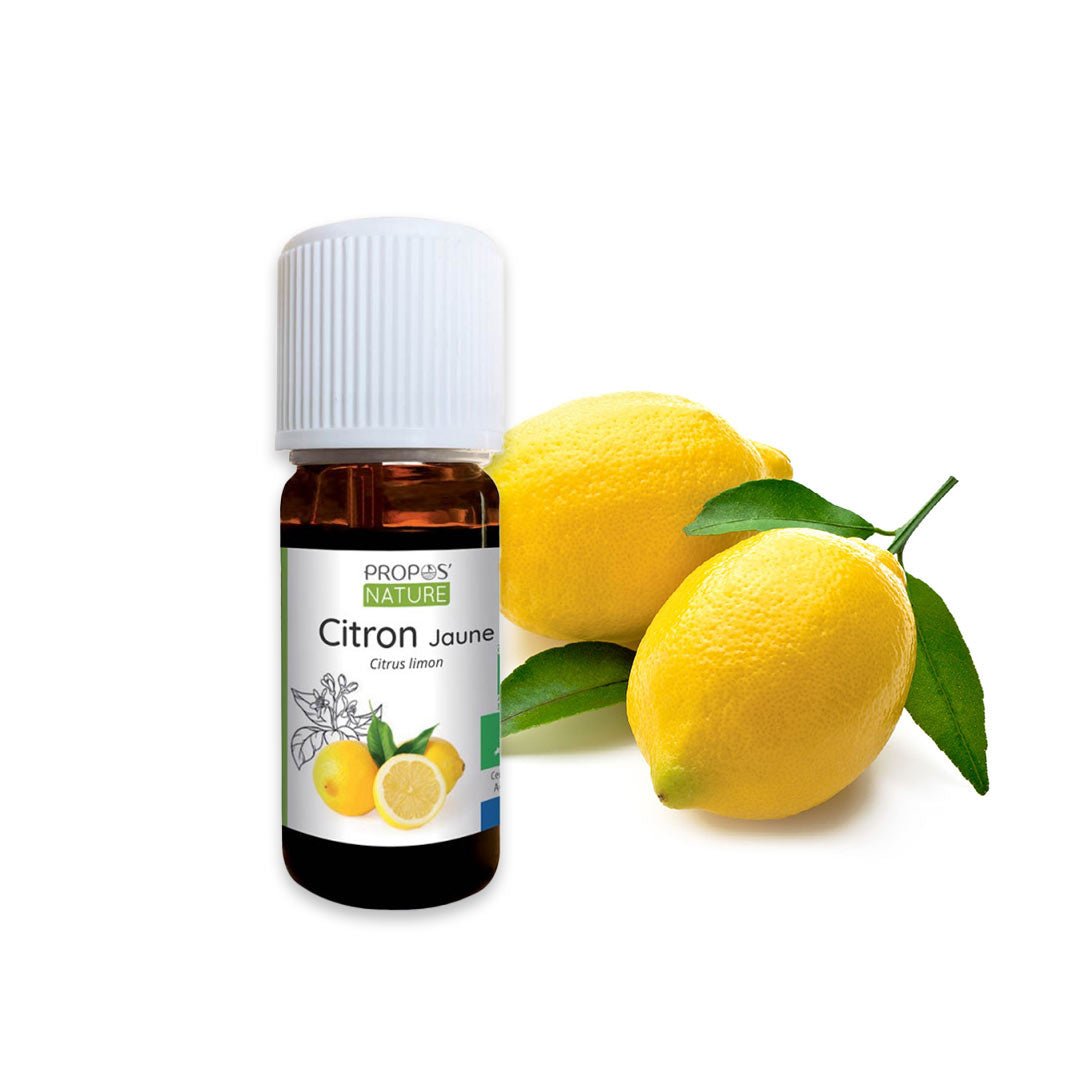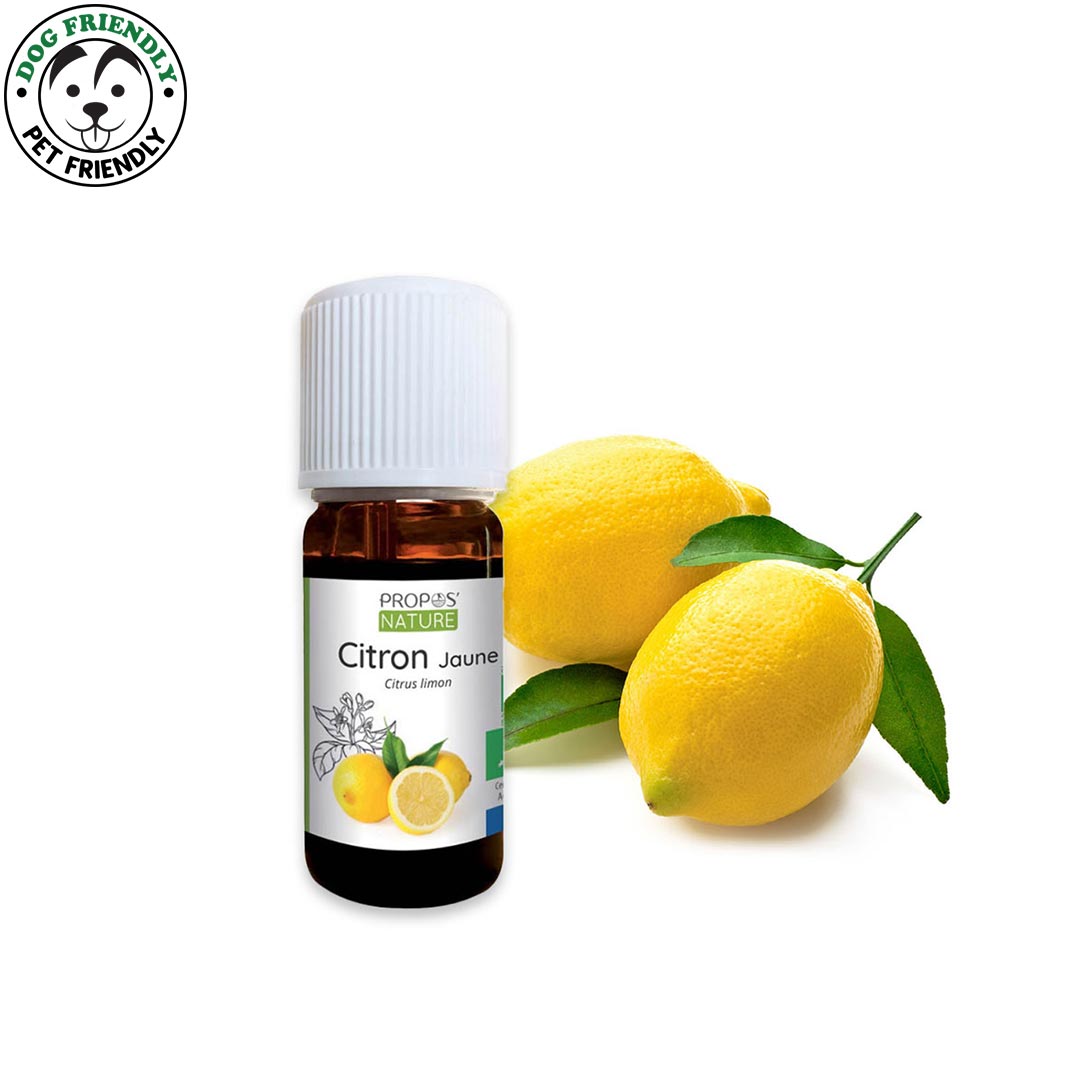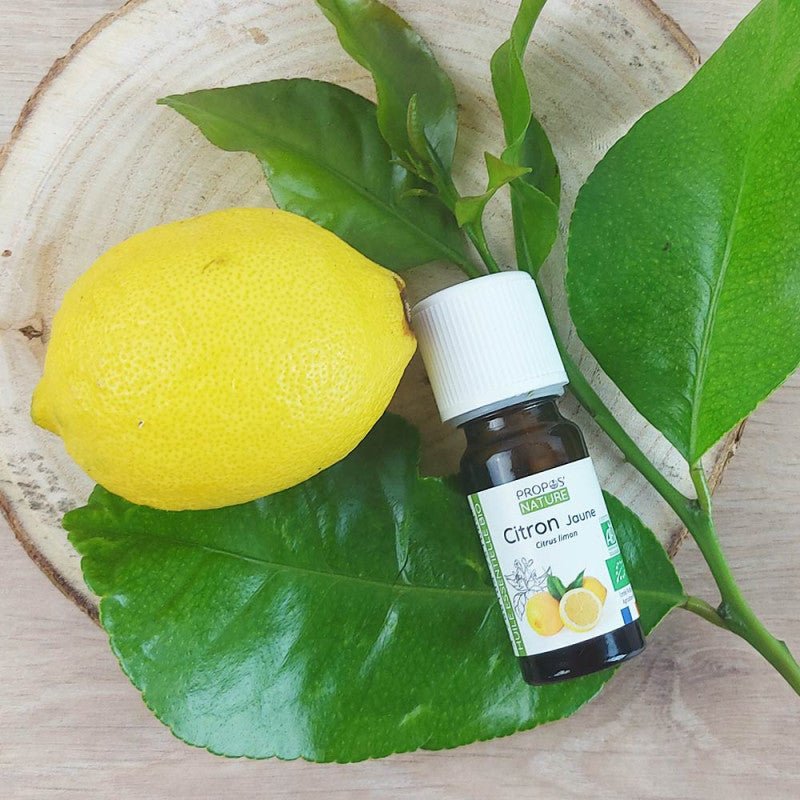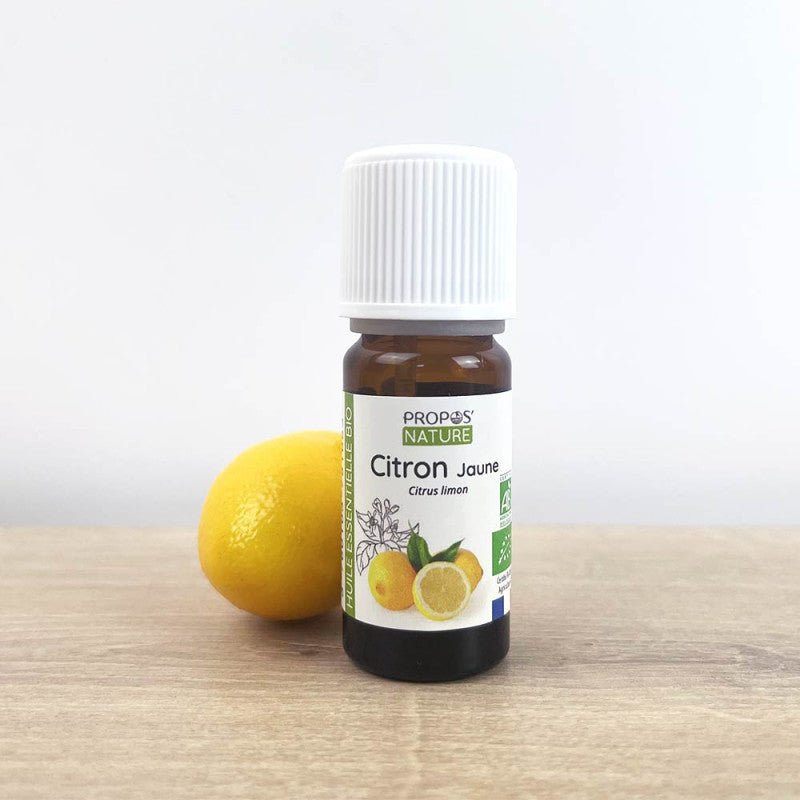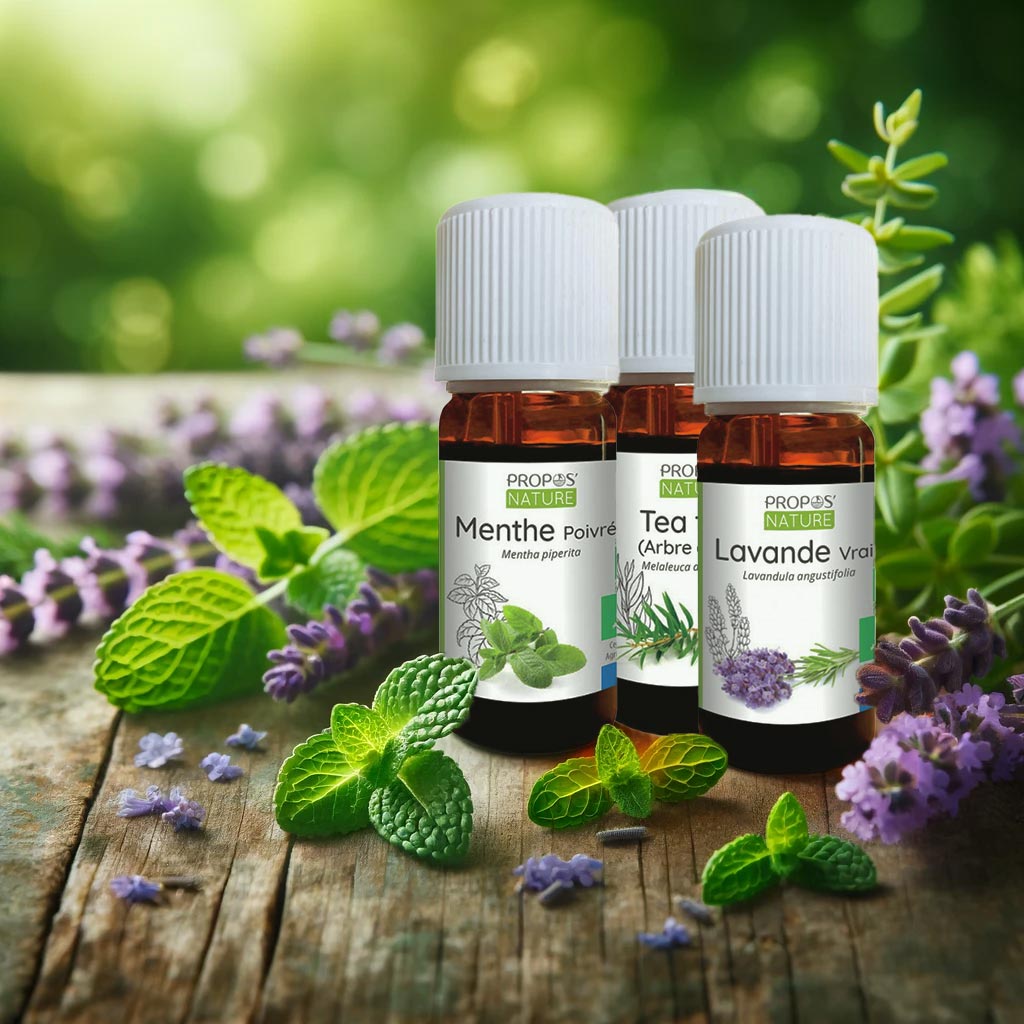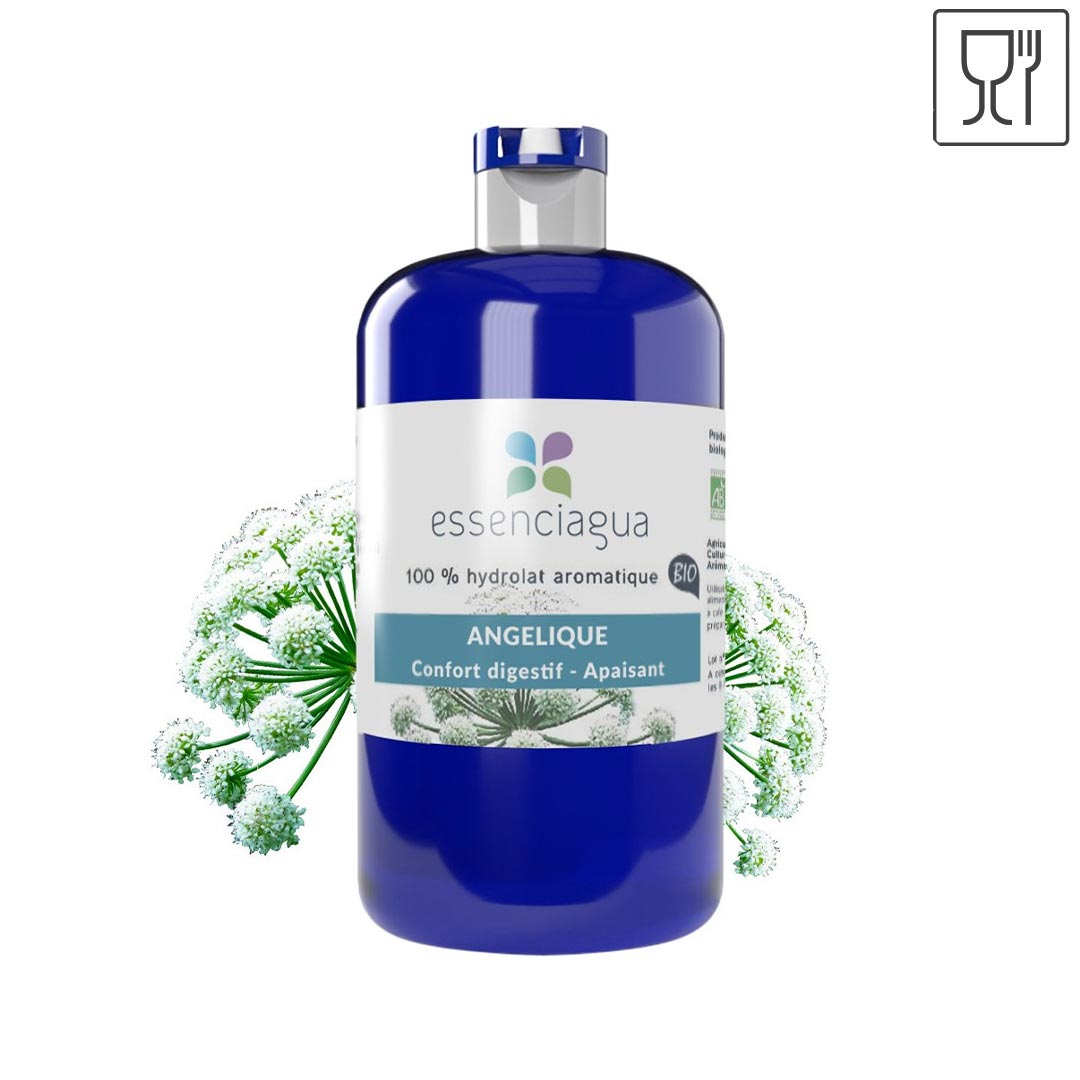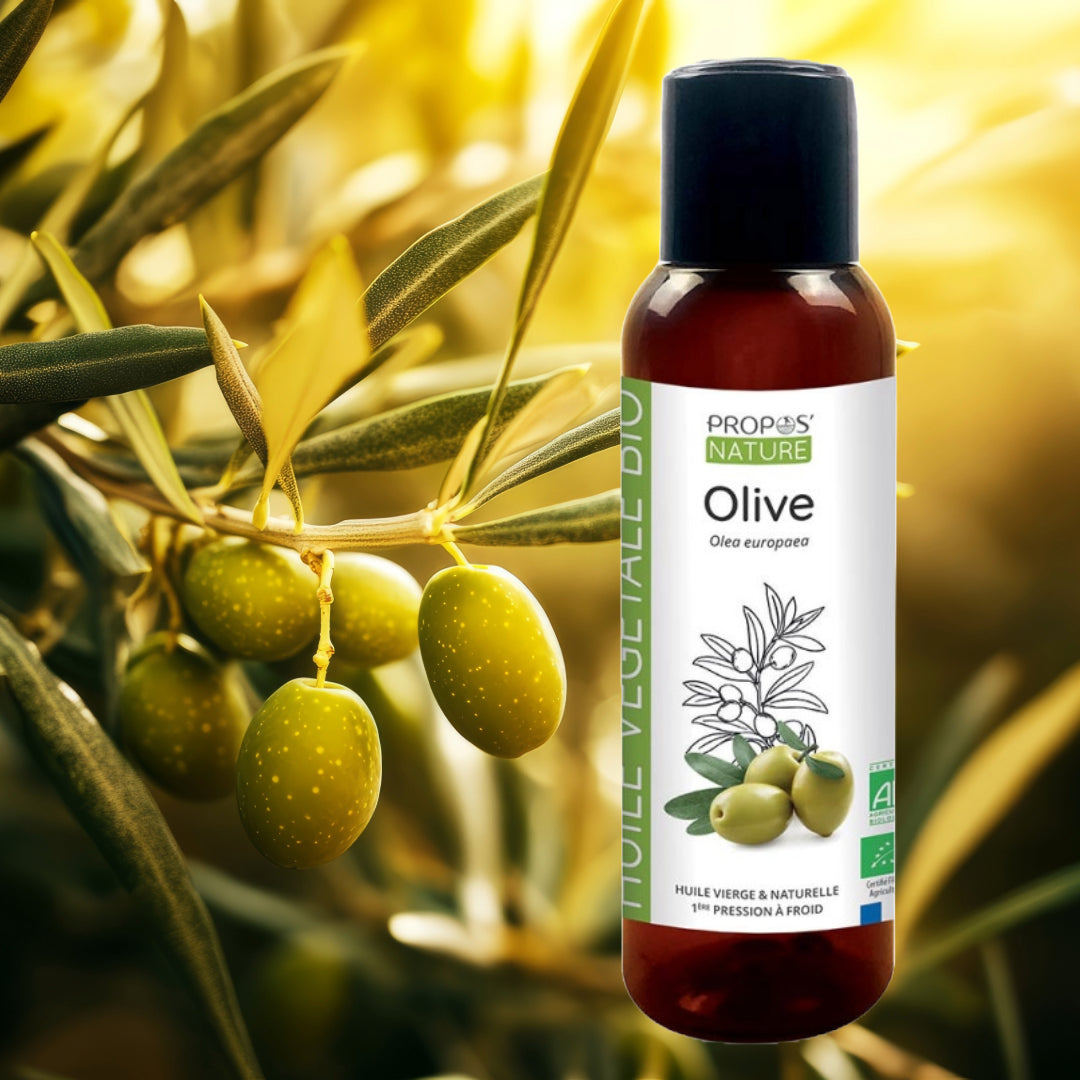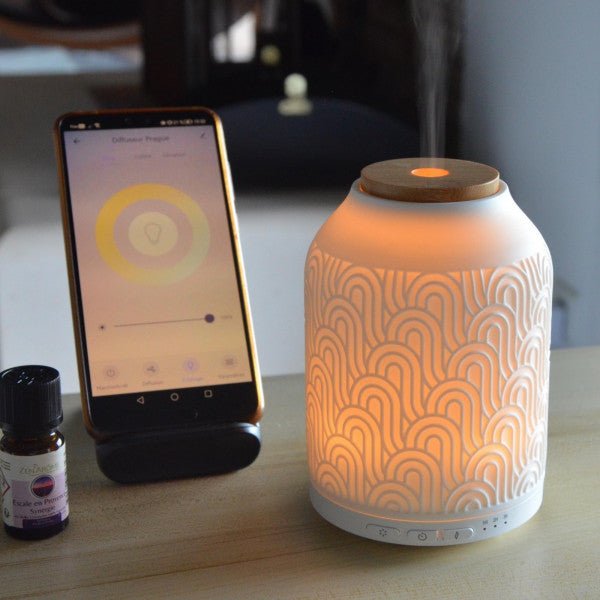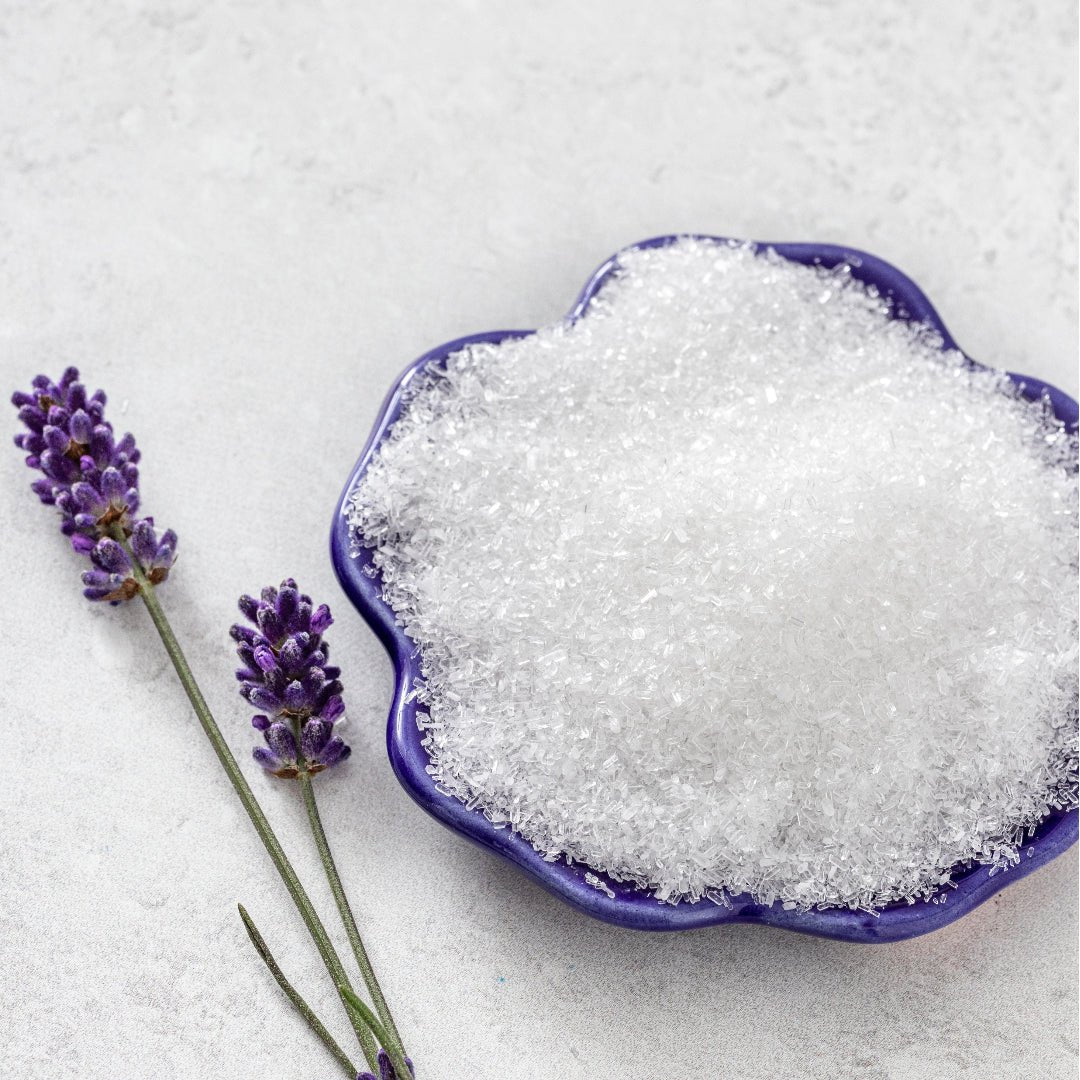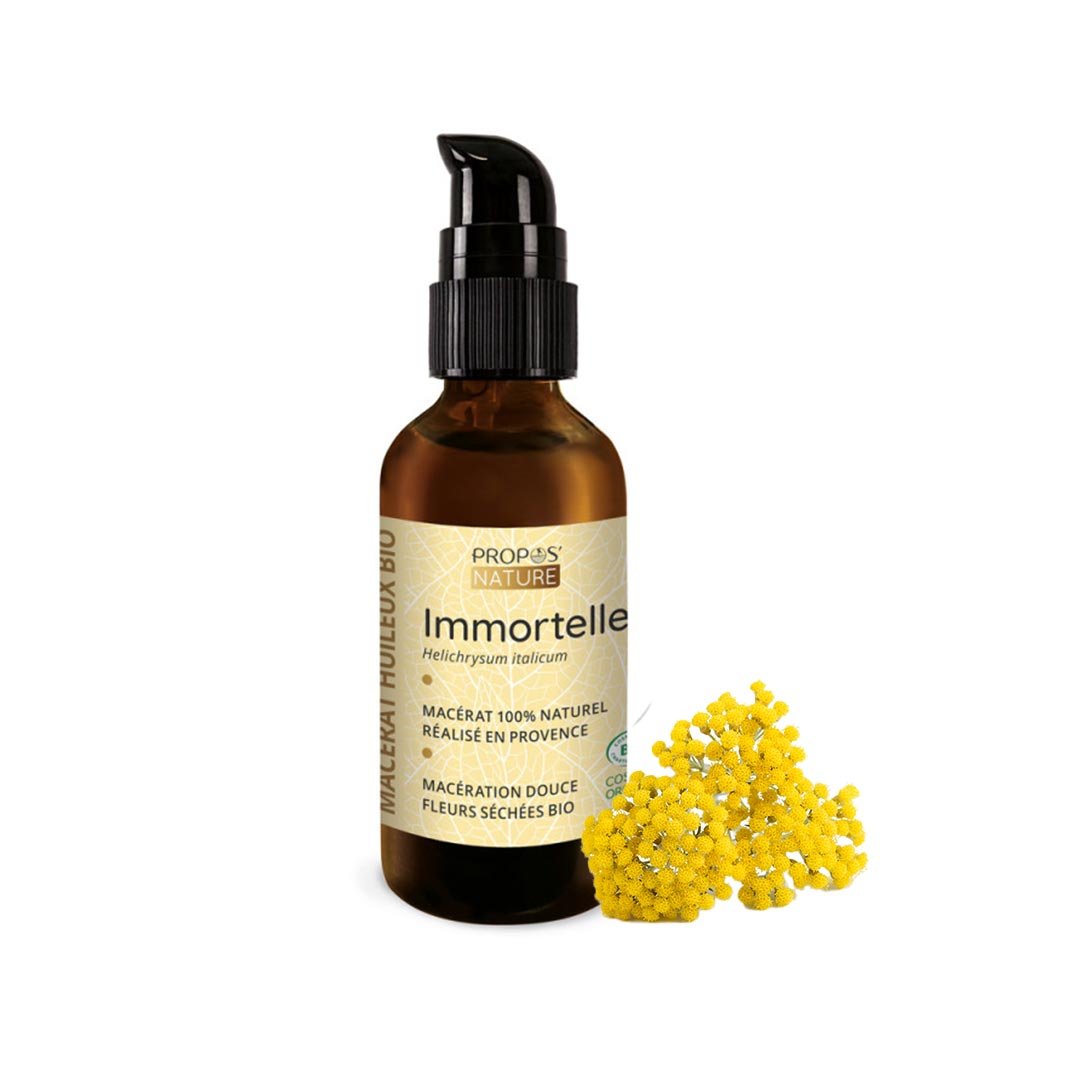Natural Aromatherapy Treatments for Vaginal Candida (Thrush)
When treating the vaginal area, always remember that the mucous membranes are delicate. Essential oils must always be diluted to avoid irritation.
Candida (thrush) can affect both women and men and can be passed between partners. Therefore, it’s important to treat both individuals if necessary.
Below are three effective and natural methods using essential oils for addressing vaginal candida:
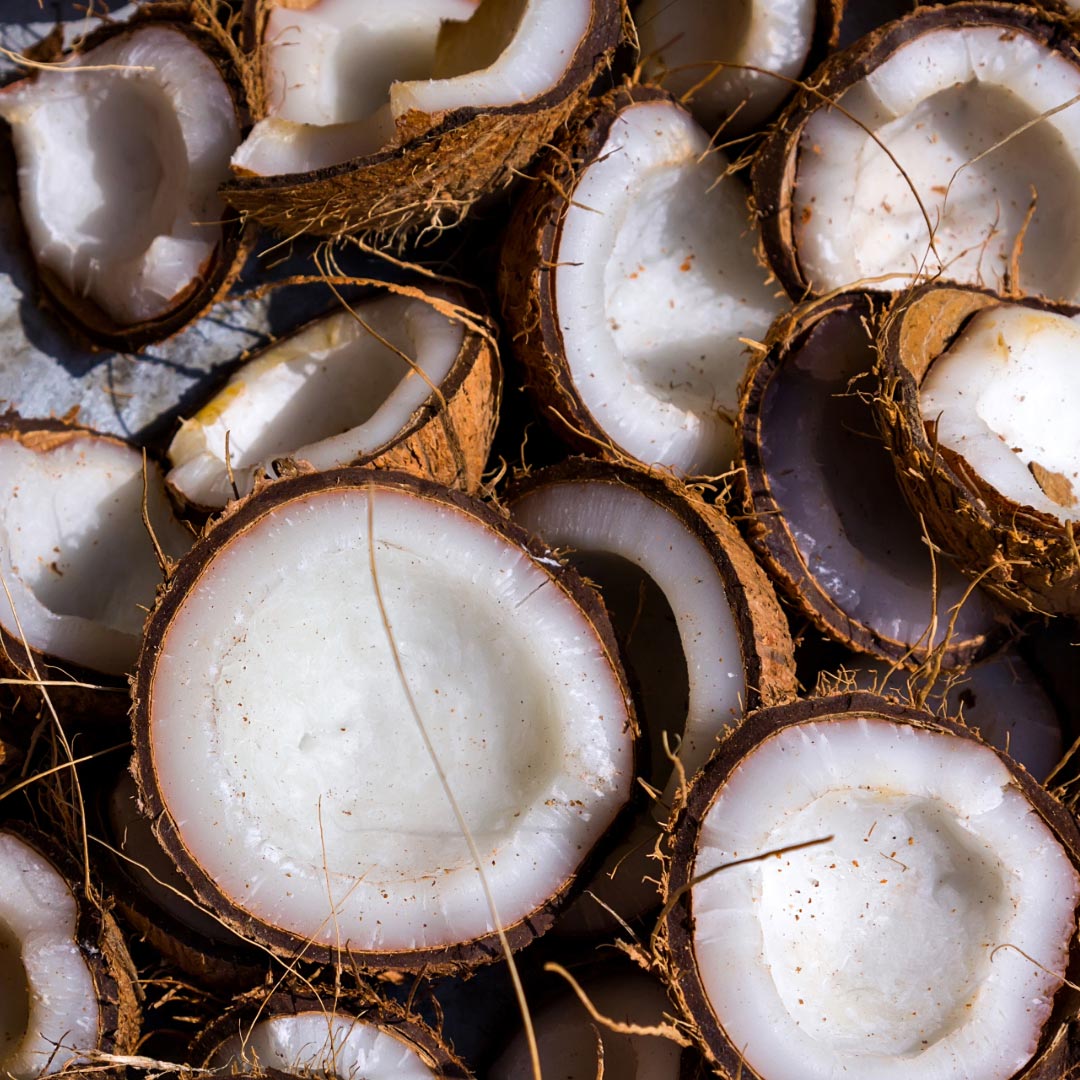
1. Coconut Oil Blend for Topical Application
Use this blend externally on the vulva (never inside the vagina).
Ingredients:
3 drops Geranium (Pelargonium graveolens)
2 drops Tea Tree (Melaleuca alternifolia)
1 drop Patchouli (Pogostemon cablin)
1 tablespoon organic, cold-pressed coconut oil (as carrier)
How to Use:
Blend the essential oils into the coconut oil and apply a small amount to the affected area 1–2 times daily.

2. Vinegar Douche or Bath Method
This method is suitable for a gentle internal rinse using organic cider vinegar and essential oils.
Essential Oils:
2 drops Lavender (Lavandula angustifolia) - soothing, regenerative
2 drops Palmarosa (Cymbopogon martinii) - main antifungal
2 drops Tea Tree (Melaleuca alternifolia)- antifungal, anti-yeast
2 drops Niaouli (Melaleuca quinquenervia) - mucosa-friendly, antimicrobial
How to Prepare:
Mix the oils with 3½ tablespoons (50 ml) of organic cider vinegar.
Add this blend to 600 ml of warm water.
How to Use:
Use the mixture in a douche, once daily for 3 days.
Optional Sitz Bath Variation:
If you prefer a hip bath, use the same essential oil blend but without increasing the drops.
Add the vinegar blend to the bathwater and add 1 tablespoon rock or sea salt.
Soak 10–15 minutes daily for 3 days.
Topical Soothing & Restoring Blend (external use):
A topical soothing blend after the 3-day treatment is a wonderful way to calm the tissue, reduce residual itching, and help the mucosa restore its natural balance. For the intimate area, we keep it very gentle, slightly below the usual 2% dilution because the skin there is thinner and more absorbent.
This blend is for external use only - outer vulvar tissue, not inside.
Topical Soothing & Restoring Blend (external use):
For adults
Total volume: 10 ml
Carrier oils (choose one or combine):
• 8 ml Calendula macerate (soothing, anti-inflammatory)
• 2 ml Jojoba oil (protective, balances moisture)
Essential oils (≈1.5% dilution):
• 1 drop Lavender (Lavandula angustifolia) – calming, regenerative
• 1 drop Palmarosa (Cymbopogon martinii) – antifungal, helps restore flora
• 1 drop Tea Tree (Melaleuca alternifolia) – prevents recurrence
How to use:
Apply a pea-sized amount to the outer vaginal area 1–2 times daily for 5–7 days.
It absorbs quickly, reduces discomfort, and supports the skin’s natural healing rhythm.
If the area is very irritated:
You can cool the skin first with a little hydrosol:
• Lavender hydrosol or Rose hydrosol (both are mucosa-friendly).
Spray or apply with a cotton pad, then apply the oil blend.
Optional variation for extra soothing:
If there is burning or redness, replace Tea Tree with 1 drop Geranium (Pelargonium graveolens) for a more calming profile.
This little follow-up blend helps the tissue feel comfortable again and supports a healthy microbiome balance. If you want, I can also give you a hydrosol protocol to pair with it—very effective after Candida treatments.
Bicarbonate of Soda Douche or Bath
Best used when the vaginal area is inflamed, sore, or very sensitive.
Essential Oils:
2 drops Lavender (Lavandula angustifolia)
2 drops Chamomile German (Matricaria recutita)
How to Prepare:
Dissolve ½ tablespoon (approx. 7 g) of bicarbonate of soda in 600 ml of warm water.
Separately dilute the essential oils in 1 teaspoon (5 mL) of organic carrier oil (e.g., olive, jojoba, or almond oil).
Mix everything together thoroughly.
How to Use:
Use the full solution in a douche once daily for 3 days.
Optional Bath Method:
Pour the entire solution into a waist-high bath and soak.
Repeat daily for 3 days.
Recommended Essential Oils for Candida Support:
(For custom blends or further options)
Chamomile German
Geranium
Niaouli
Lemongrass
Tea Tree
Myrrh
Cajuput
Thyme linalool
May Chang (Lemon Verbena)
Patchouli
Lavender
Palmarosa
Oregano
Lemon
Manuka
What Is a Vaginal Douche? (The Natural Way)

A vaginal douche is a gentle way of rinsing the vaginal canal using a specially prepared liquid solution. In natural and holistic care, it can be used occasionally to support the body during situations like candida overgrowth (thrush) or to restore balance after irritation or infection.
Unlike commercial products (which often contain harsh chemicals and fragrances), a natural douche uses safe, healing ingredients like:
- Warm water
- Apple cider vinegar or bicarbonate of soda
- Diluted essential oils or herbal infusions
🧴 How to Use a Natural Douche
You’ll need:
✔️A douche applicator (available at most natural health shops or online)
✔️Your prepared solution (see recipes below)
✔️A quiet moment in a private, relaxed space
Steps:
1. Gently warm your solution to body temperature.
2. Fill the douche applicator with the mixture.
3. While standing in the shower or sitting on the toilet, gently insert the nozzle and allow the solution to flow inside.
4. Let it cleanse and then naturally release the liquid.
5. Rinse the applicator well afterward and let it air-dry.
⏳ Use once daily for up to 3 days, only when needed.
When to Use a Douche — and When Not To
Use a douche:
When experiencing discomfort from thrush
To support cleansing after menstruation (occasionally)
To soothe after irritation or itching
Avoid douching:
As a daily or routine practice
When pregnant (unless guided by a trusted practitioner)
With any synthetic or fragranced solutions



